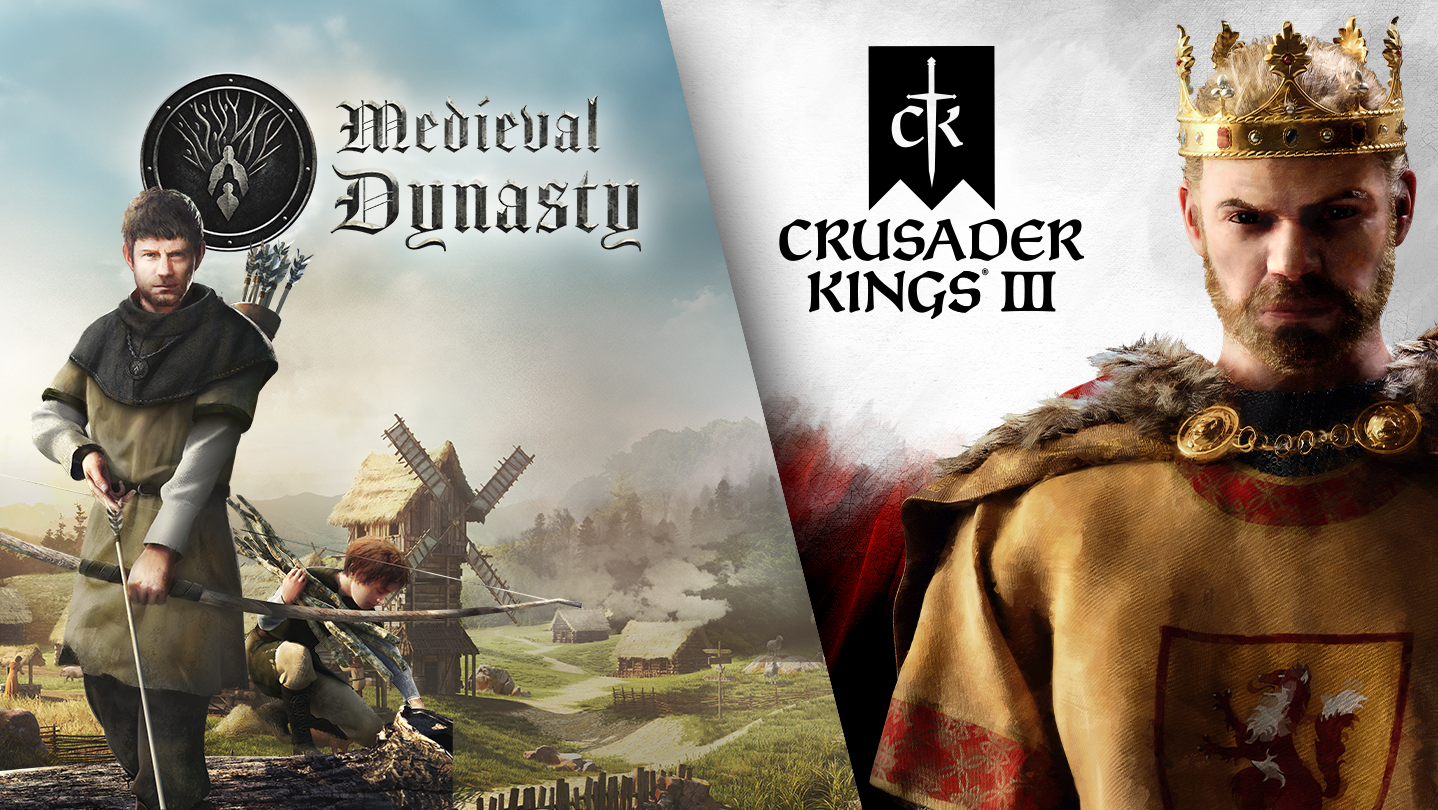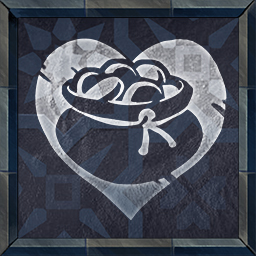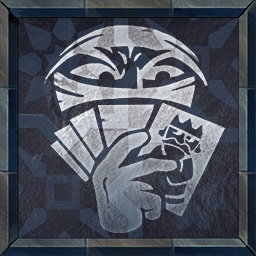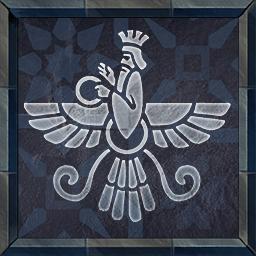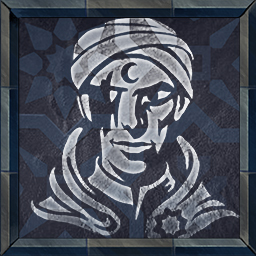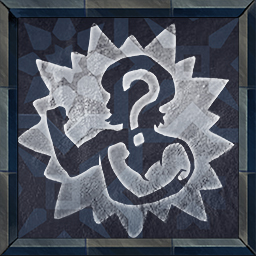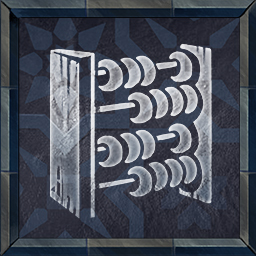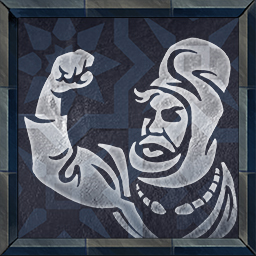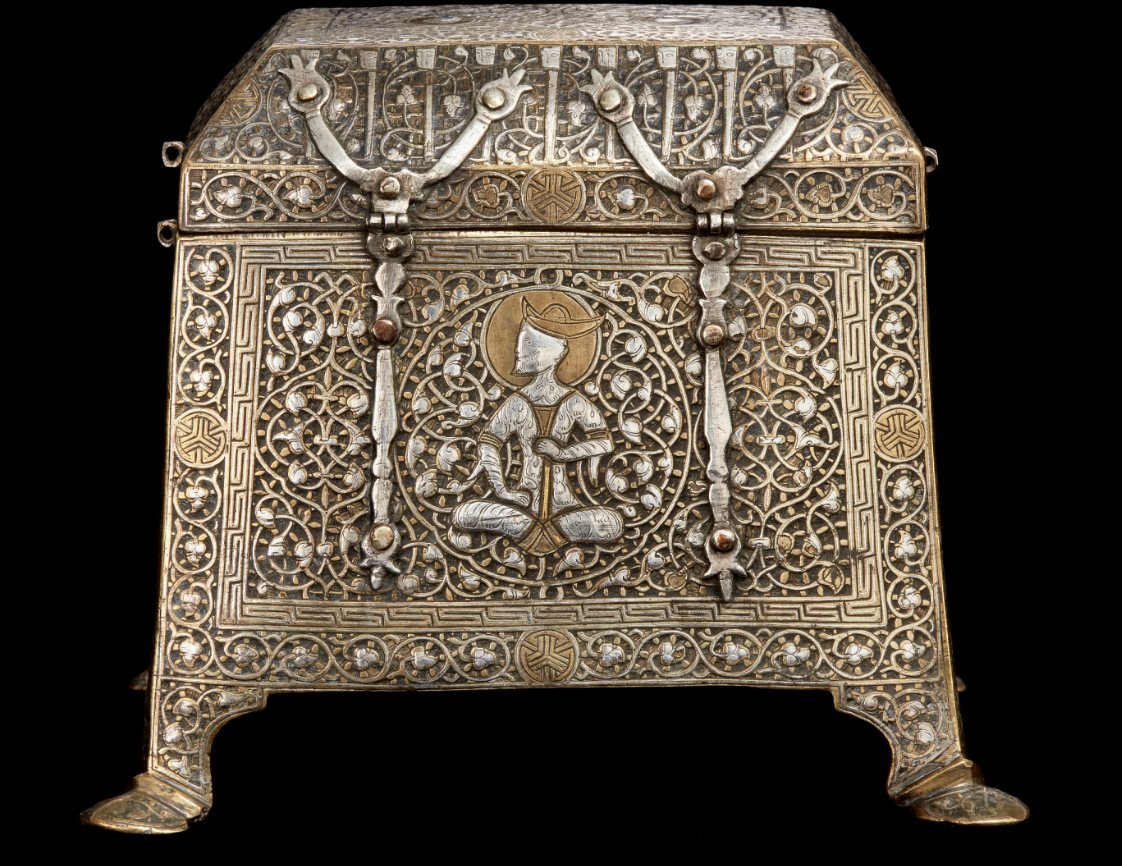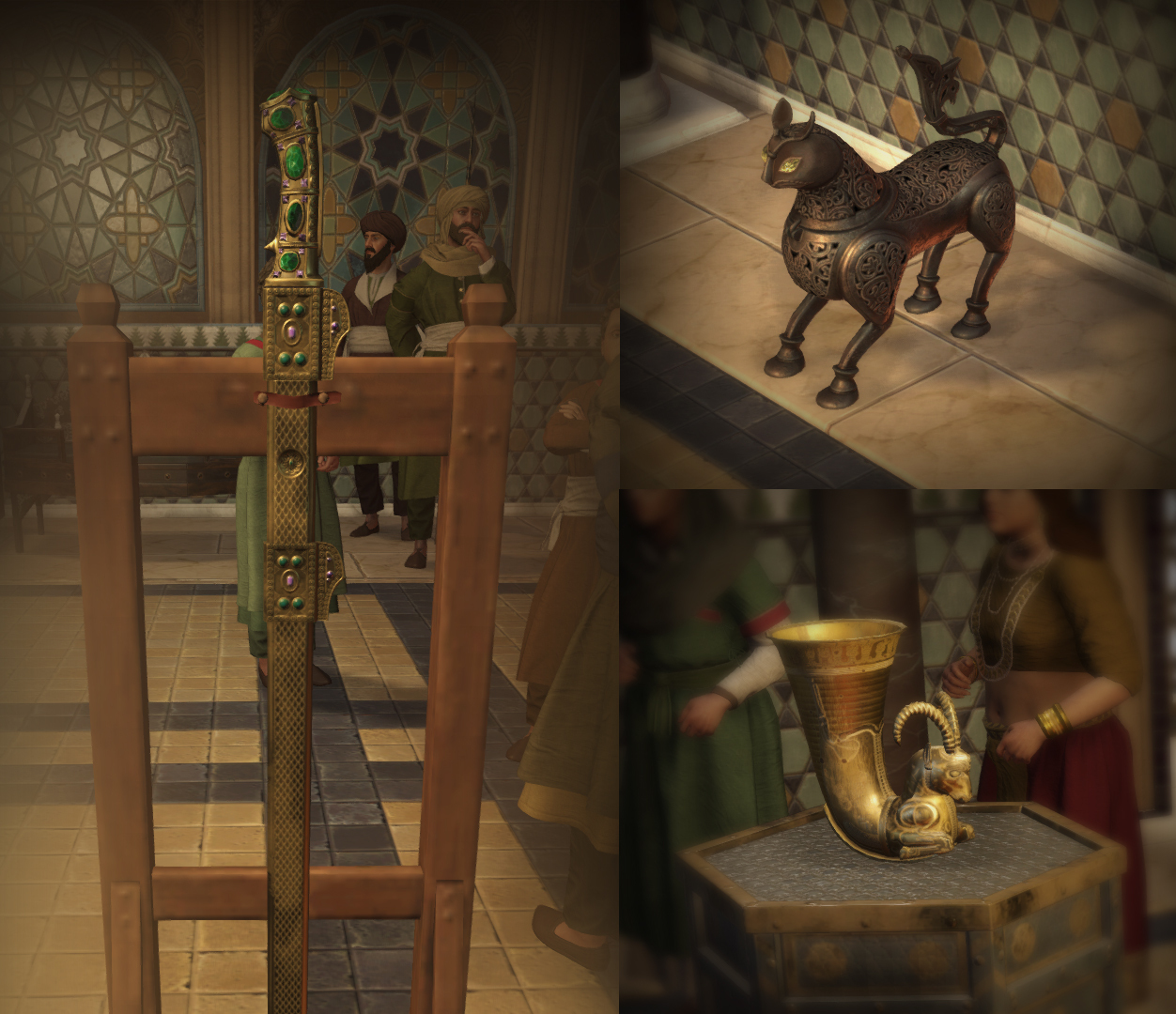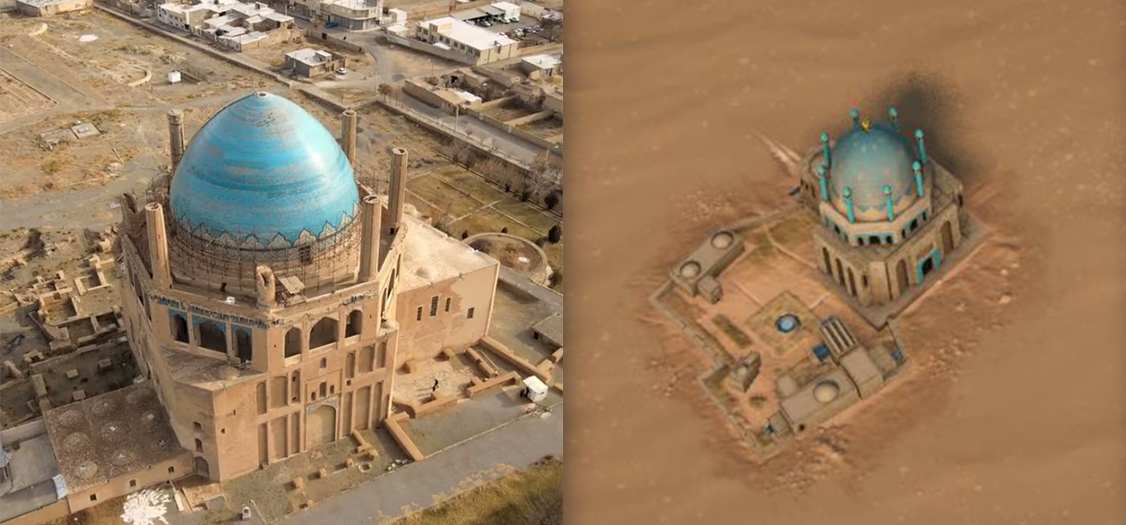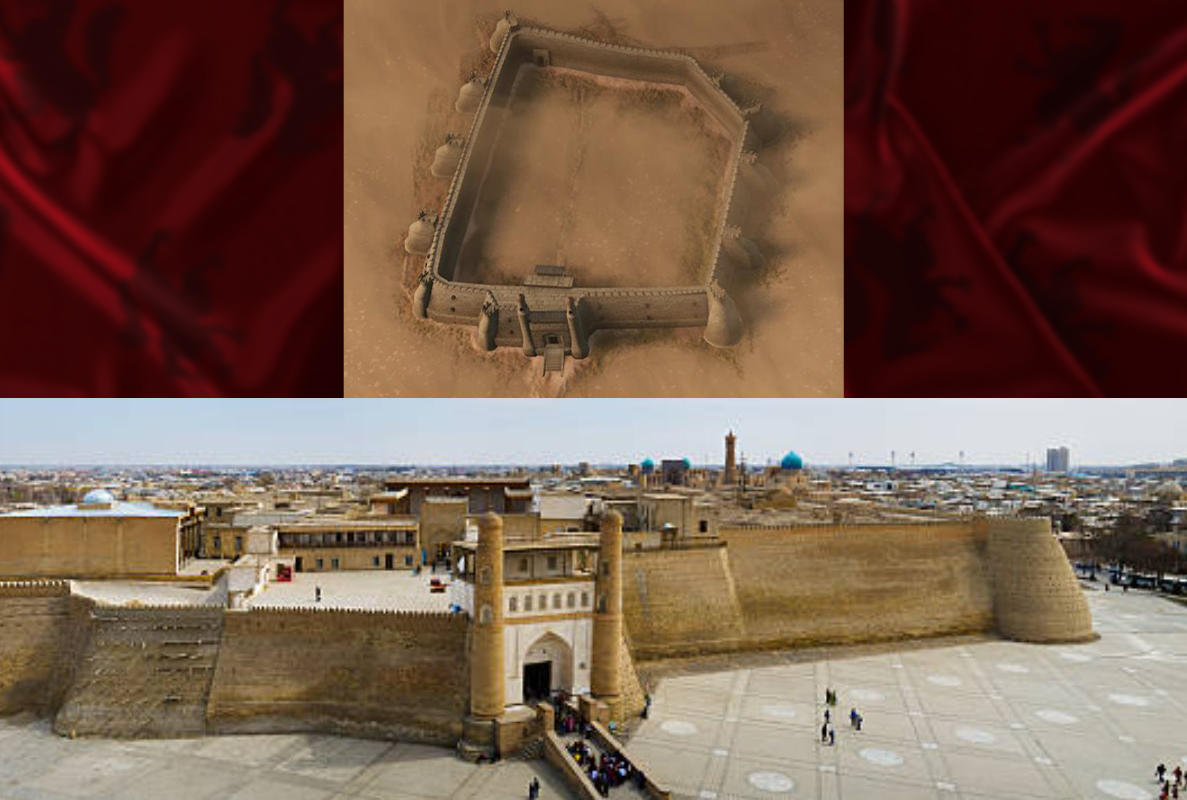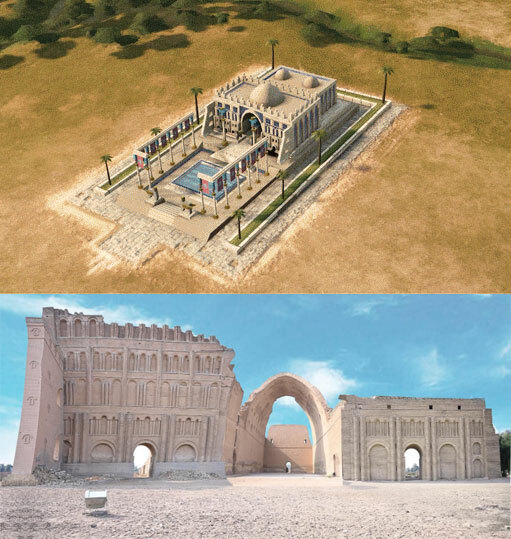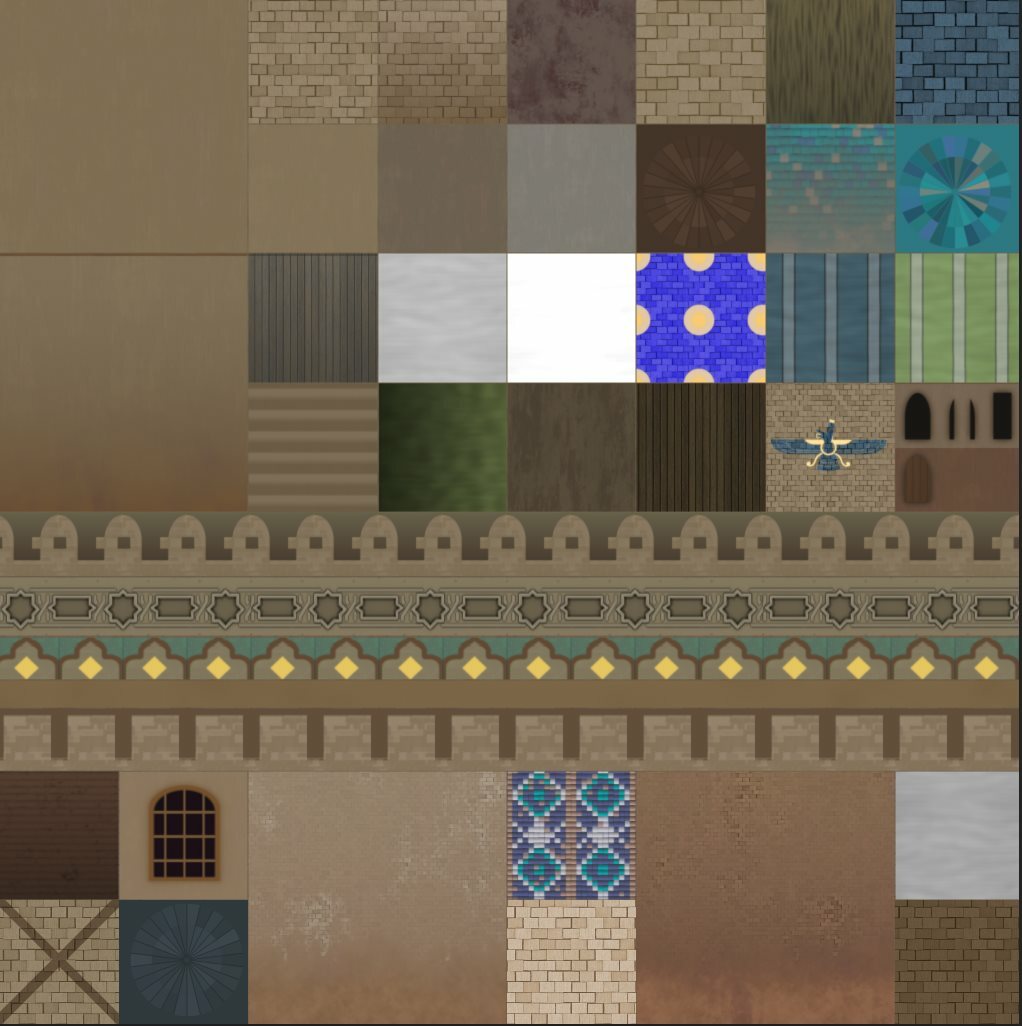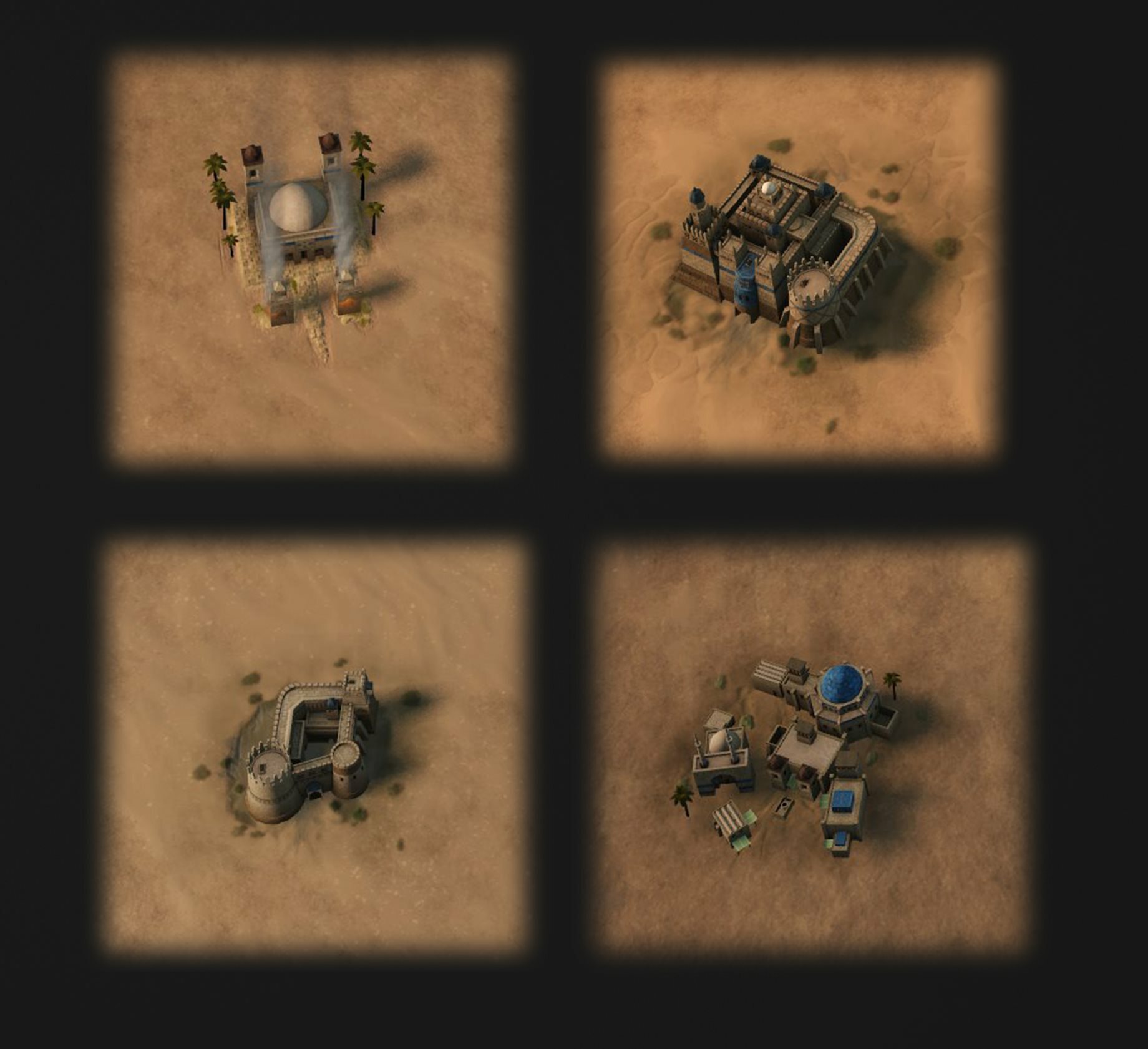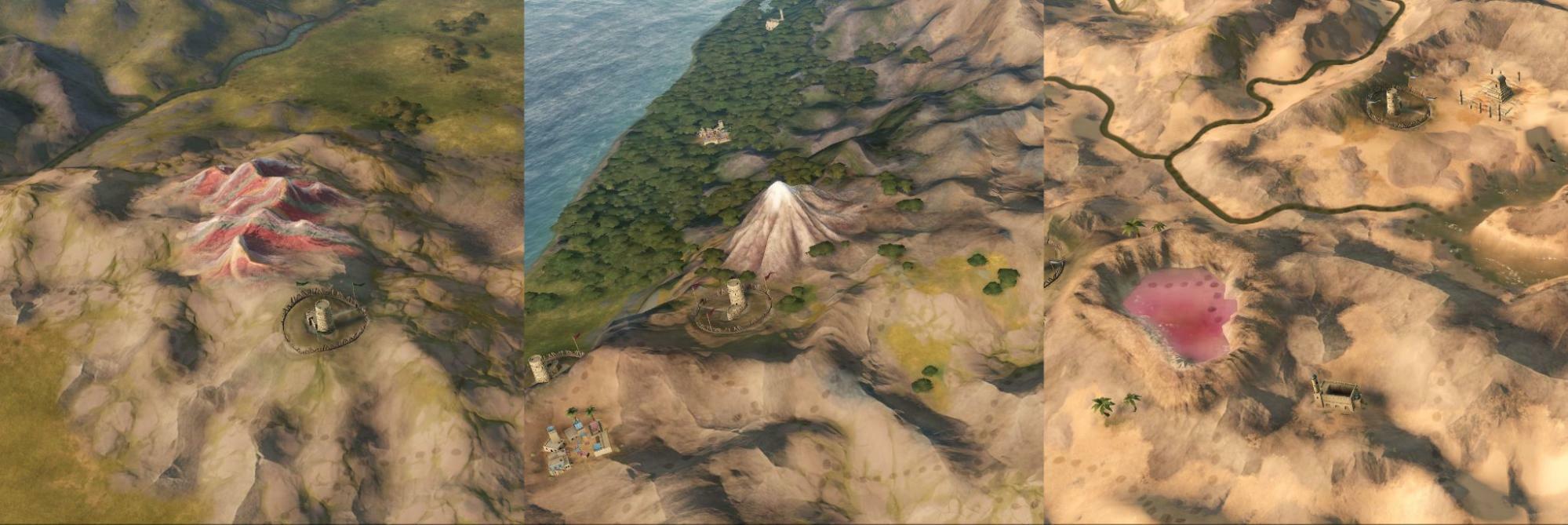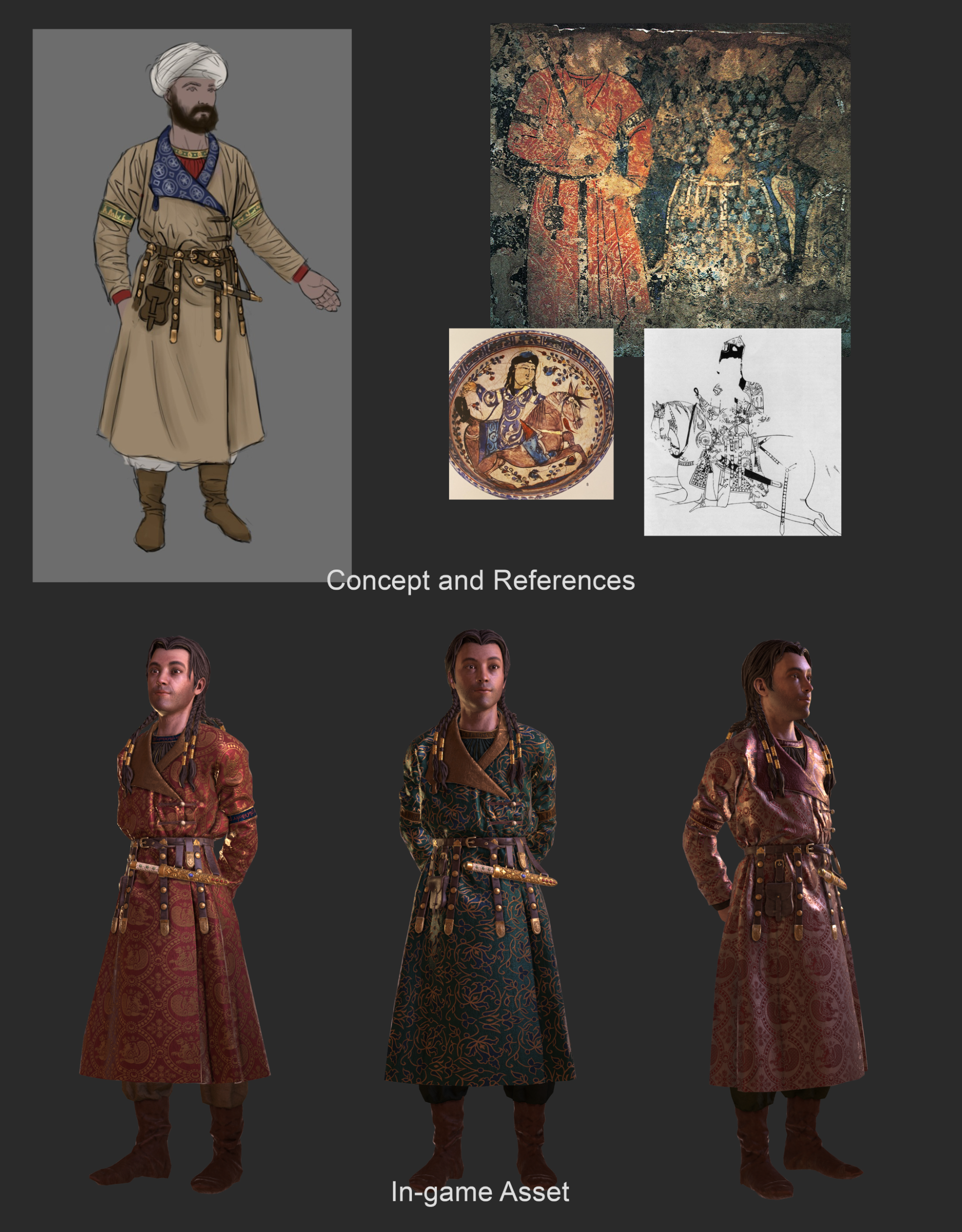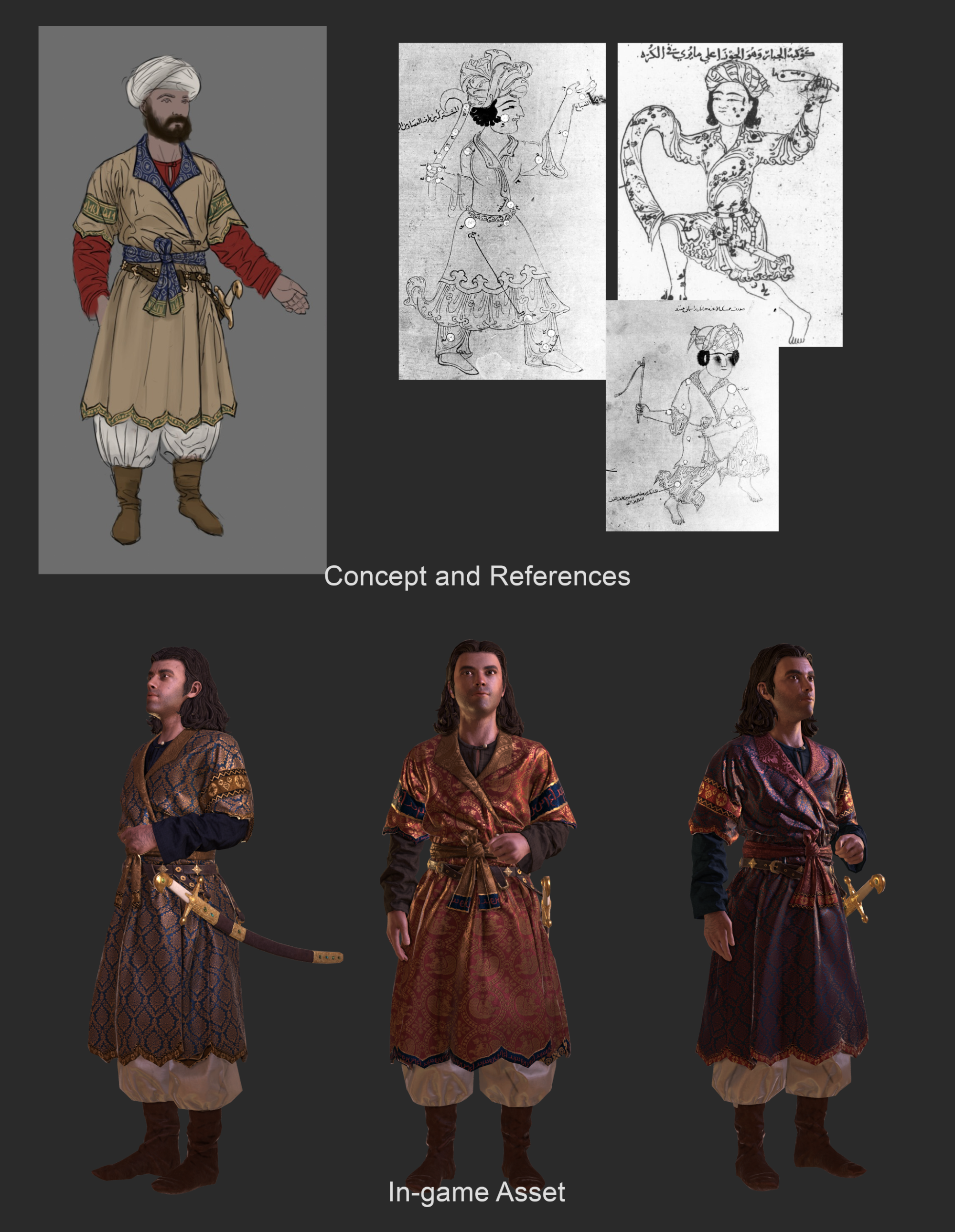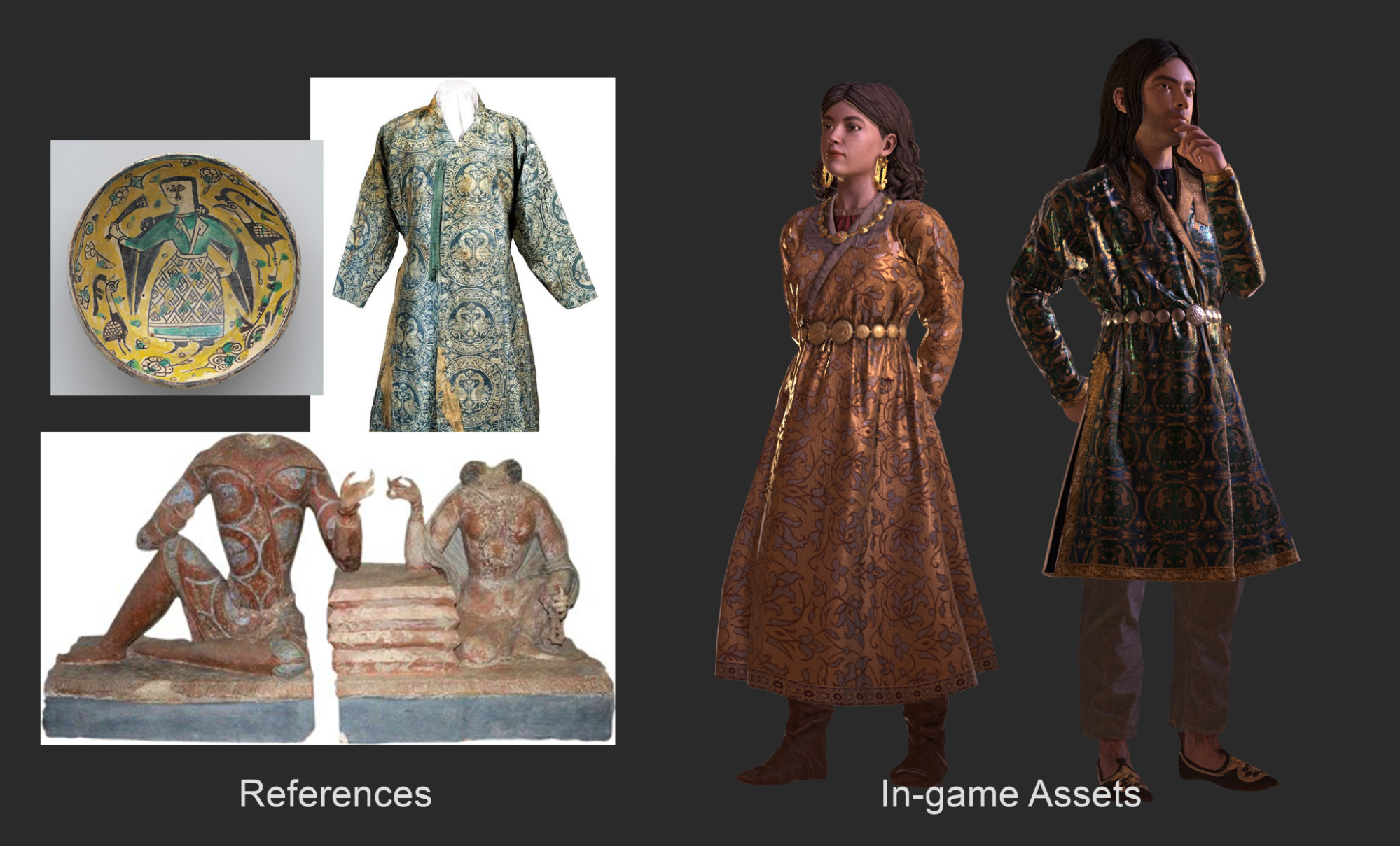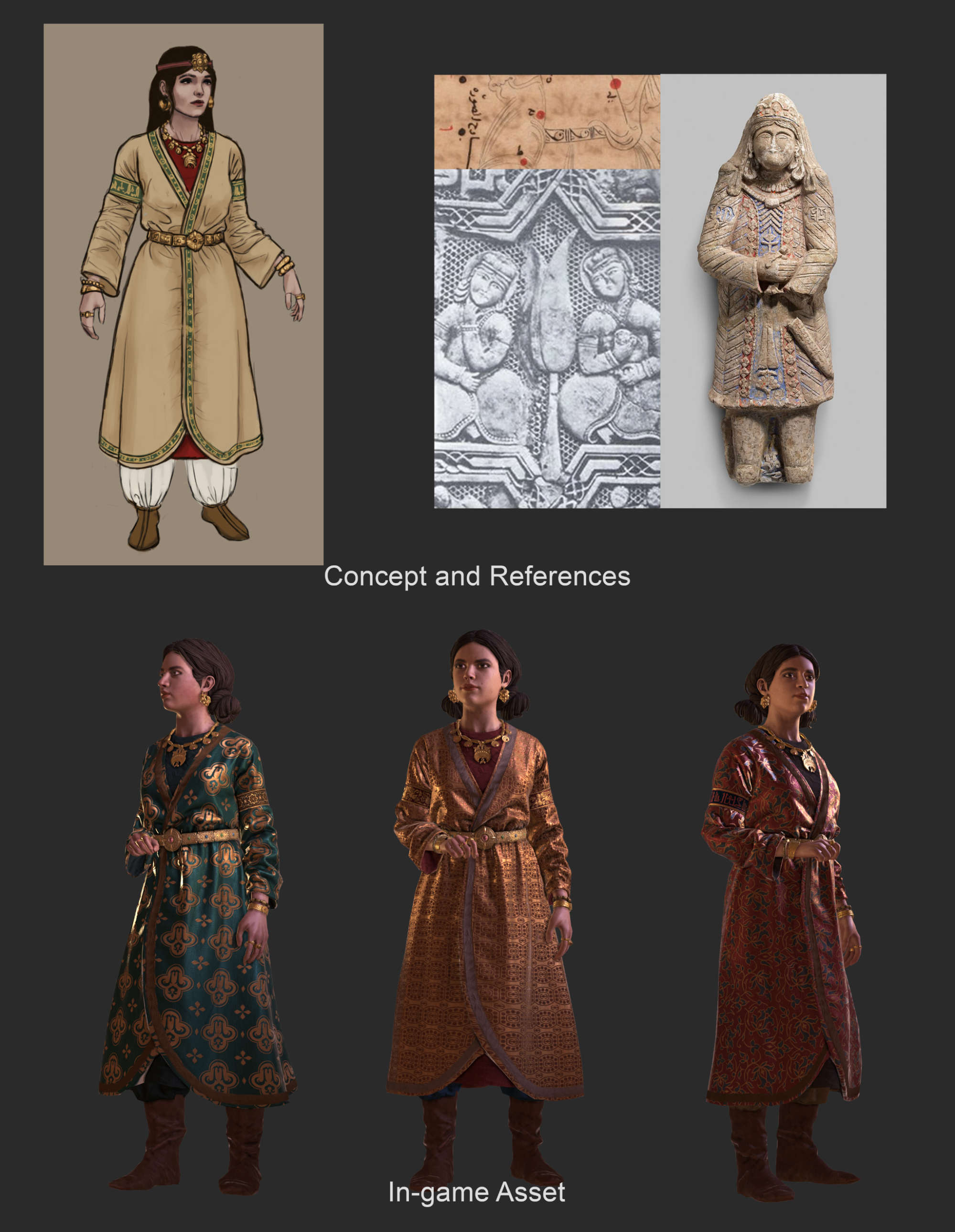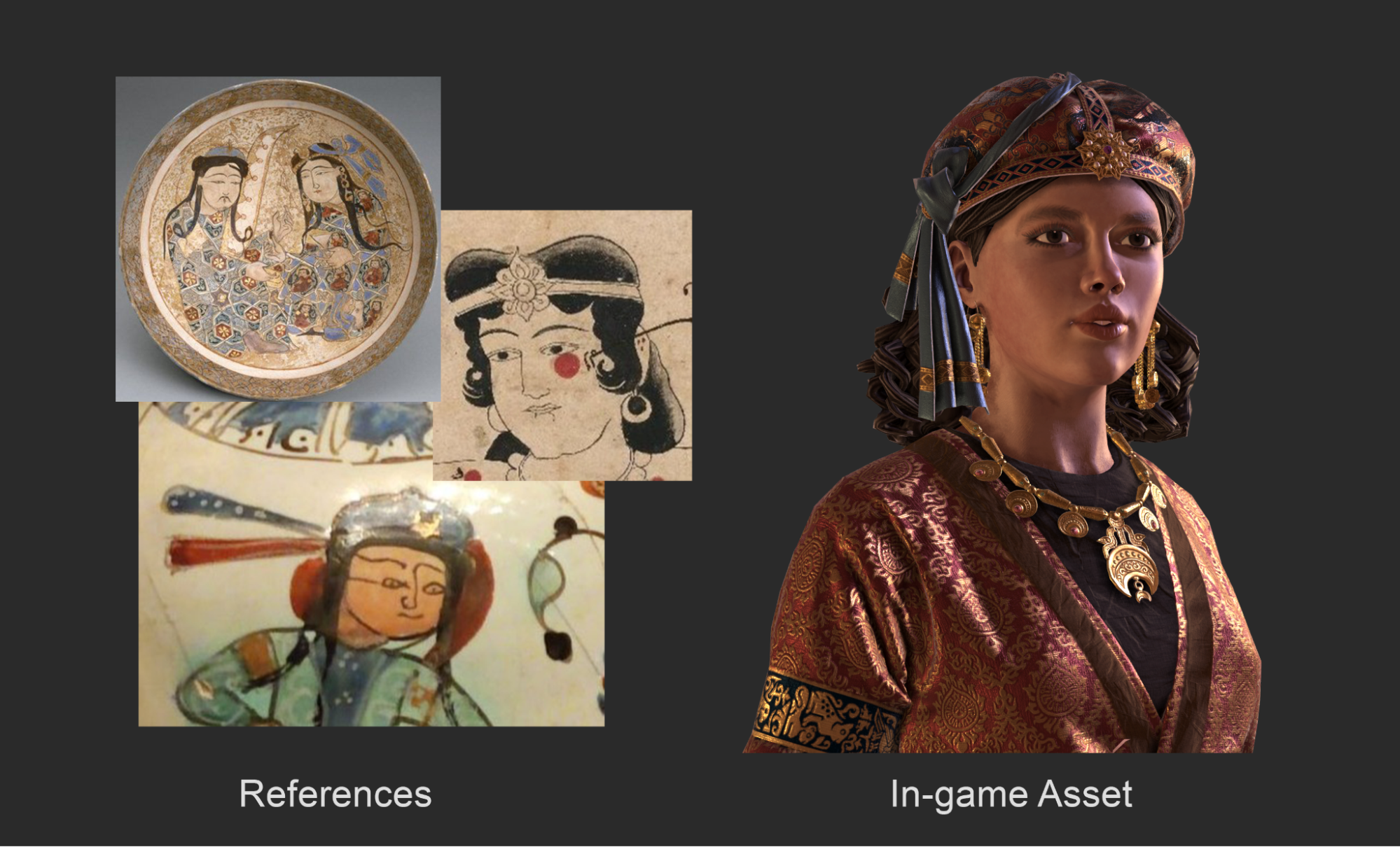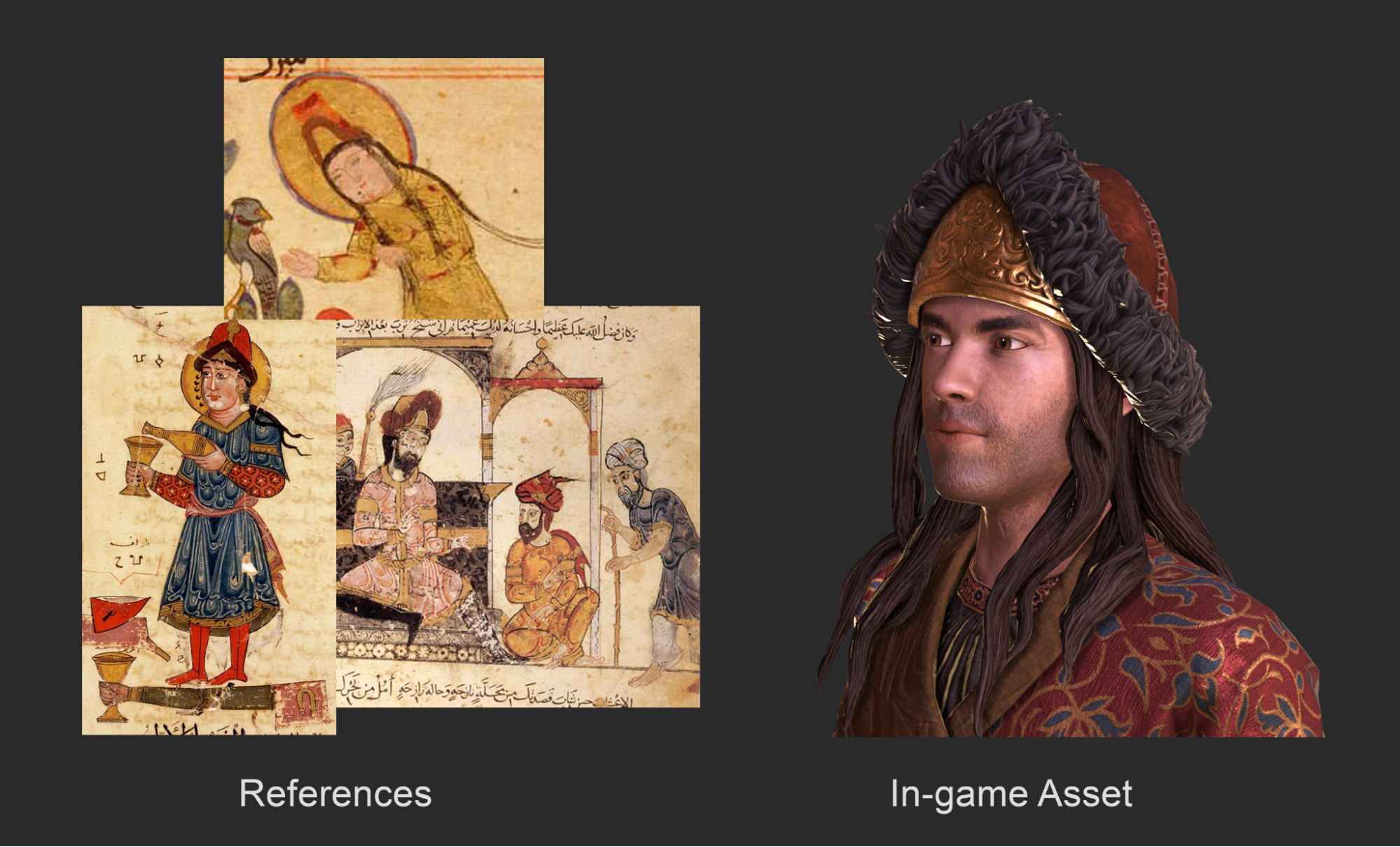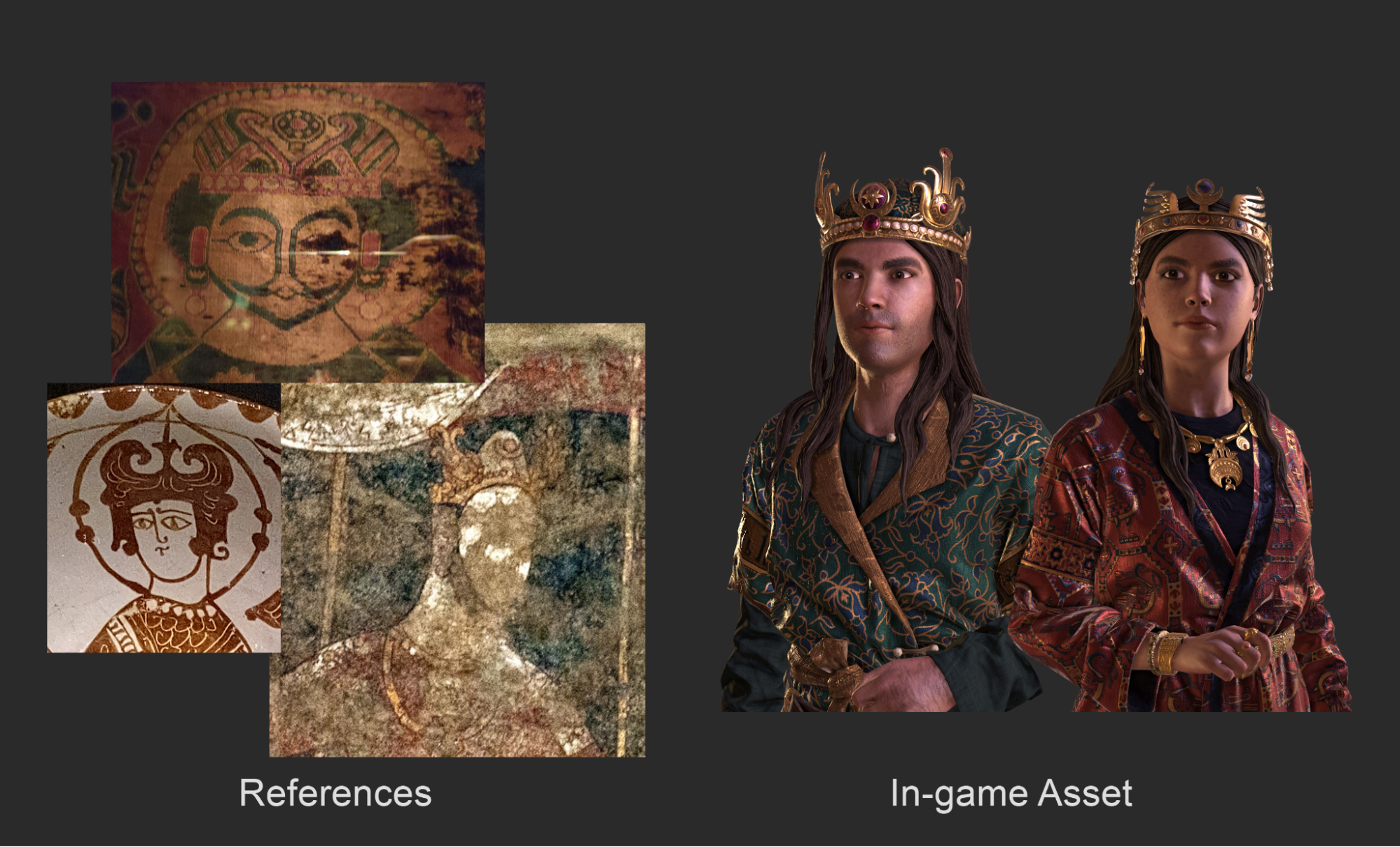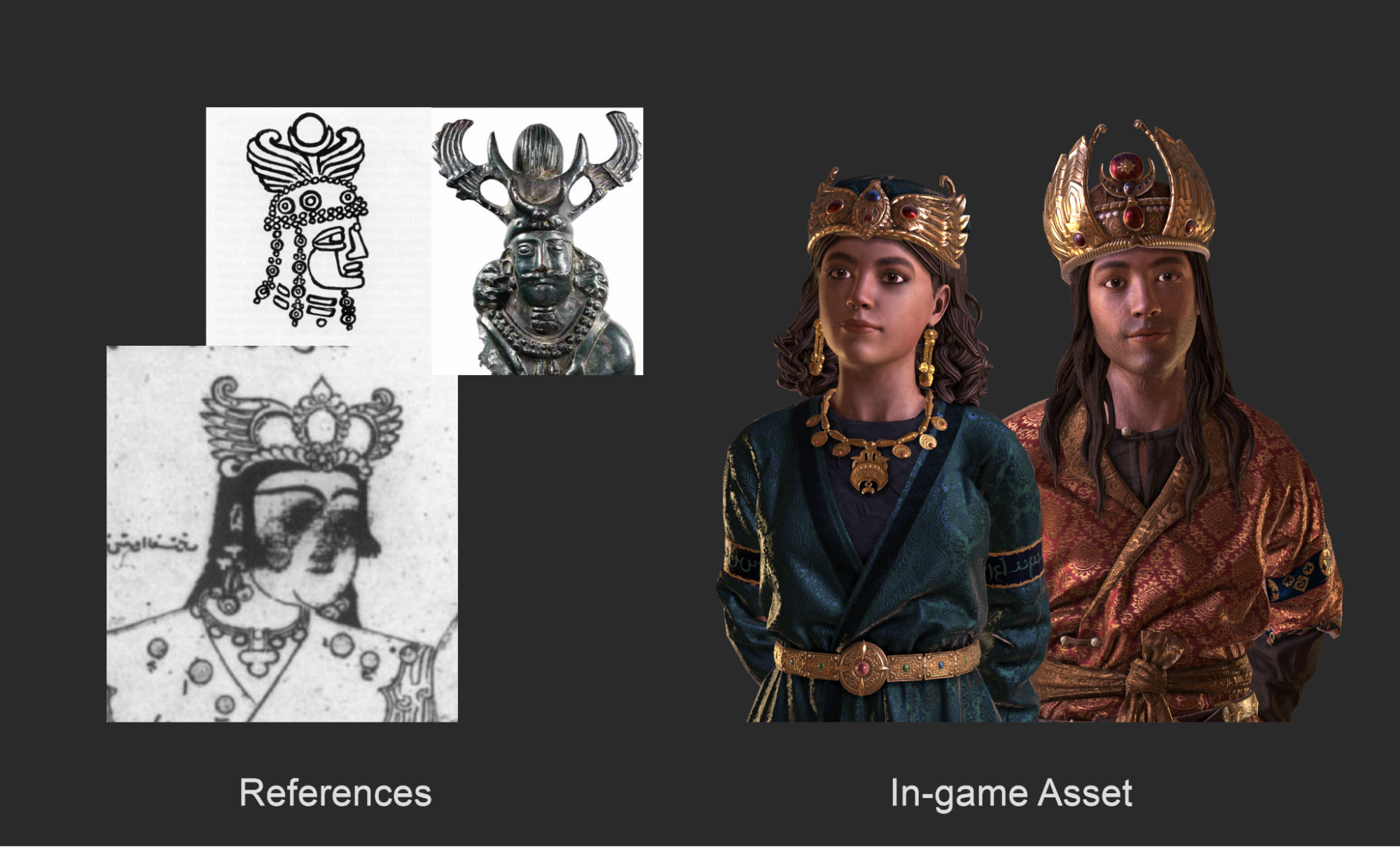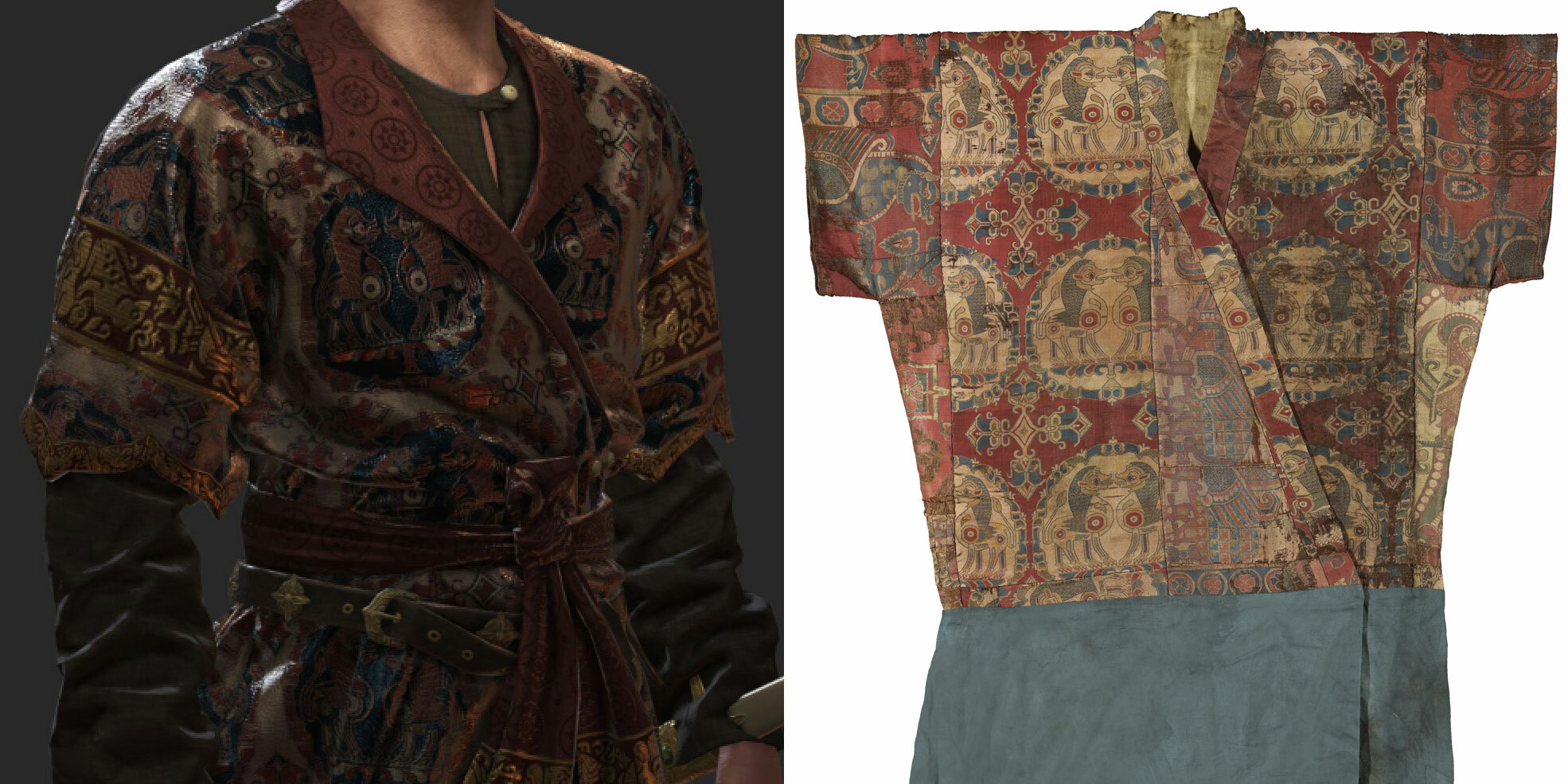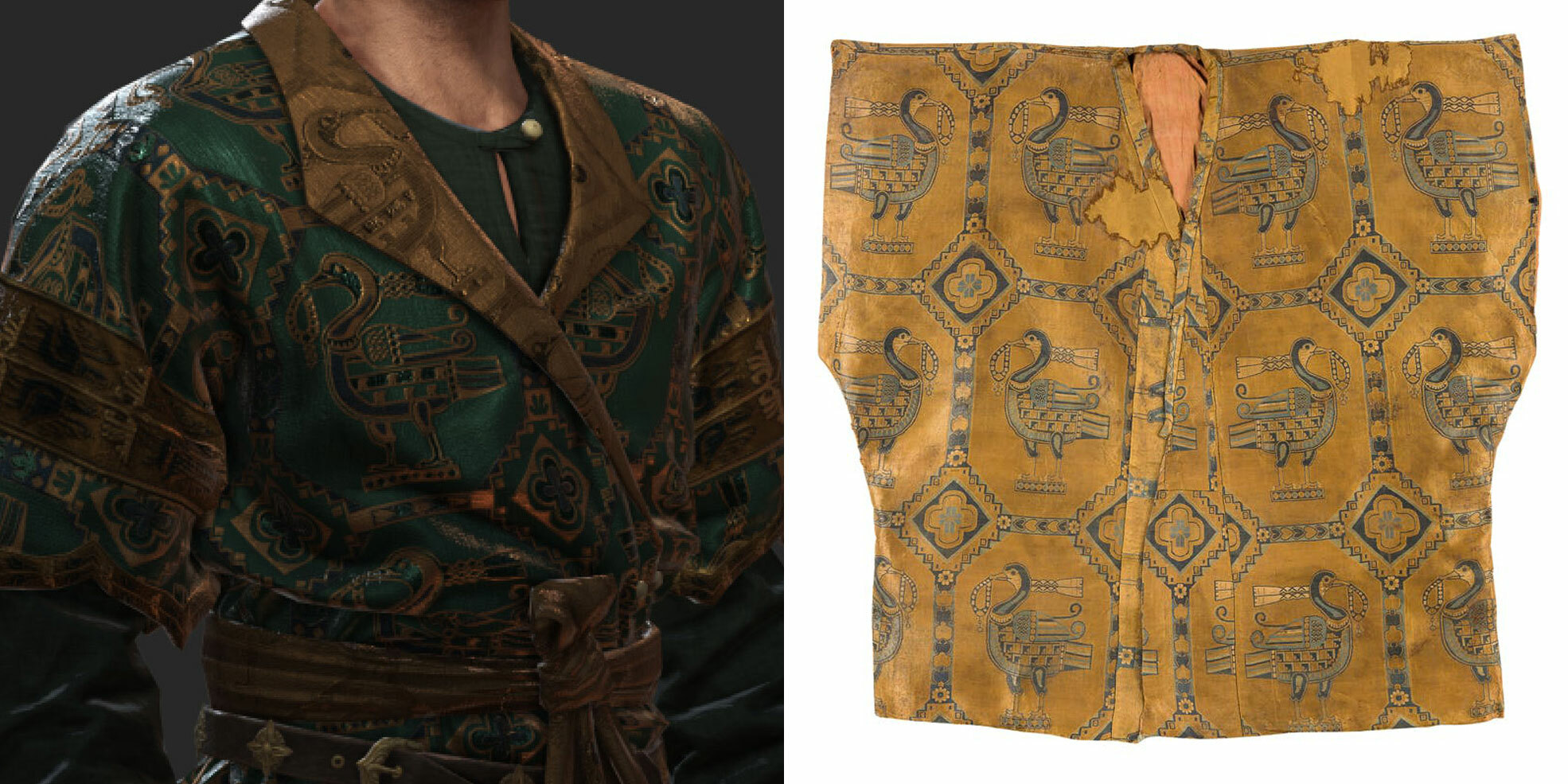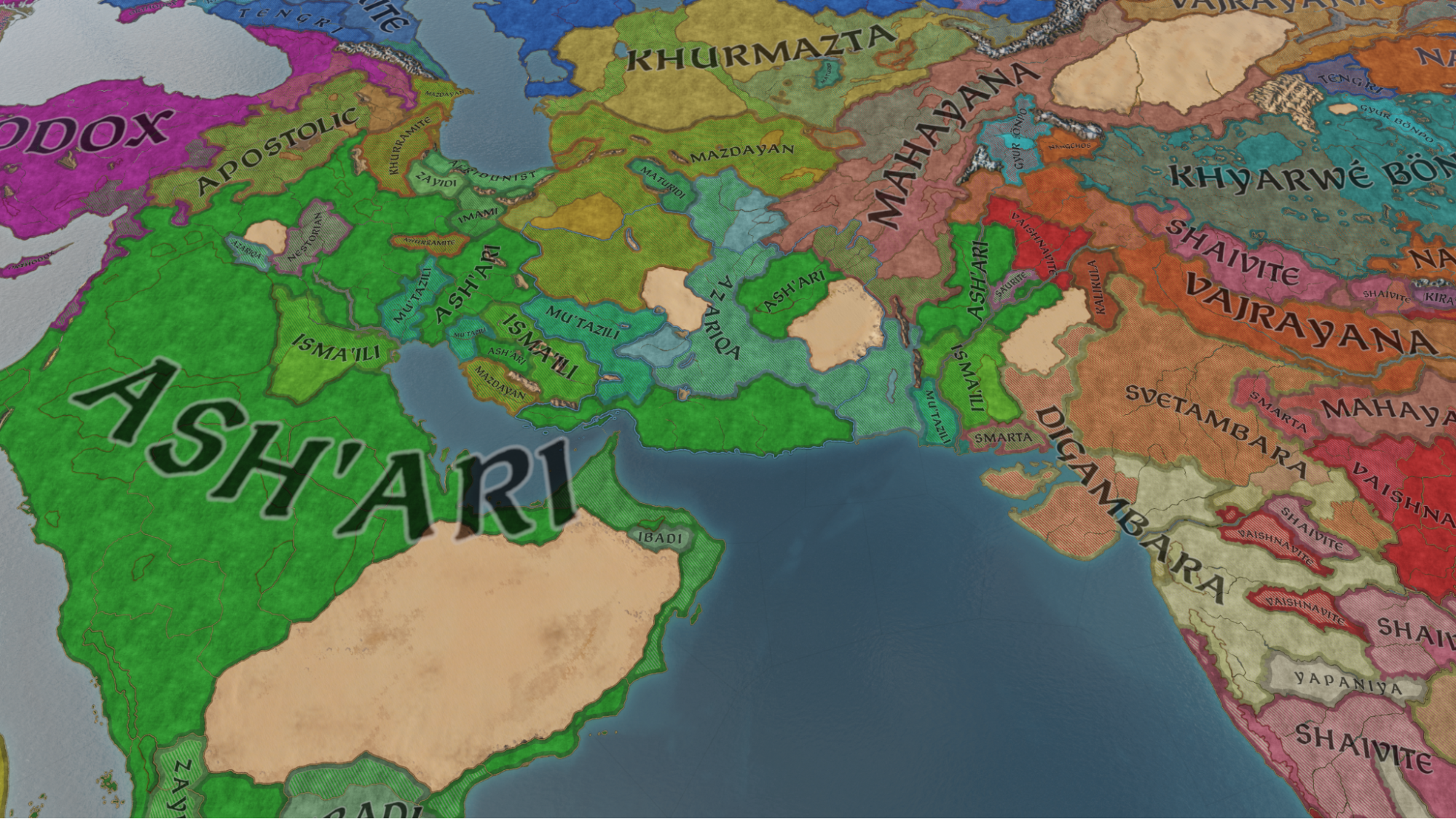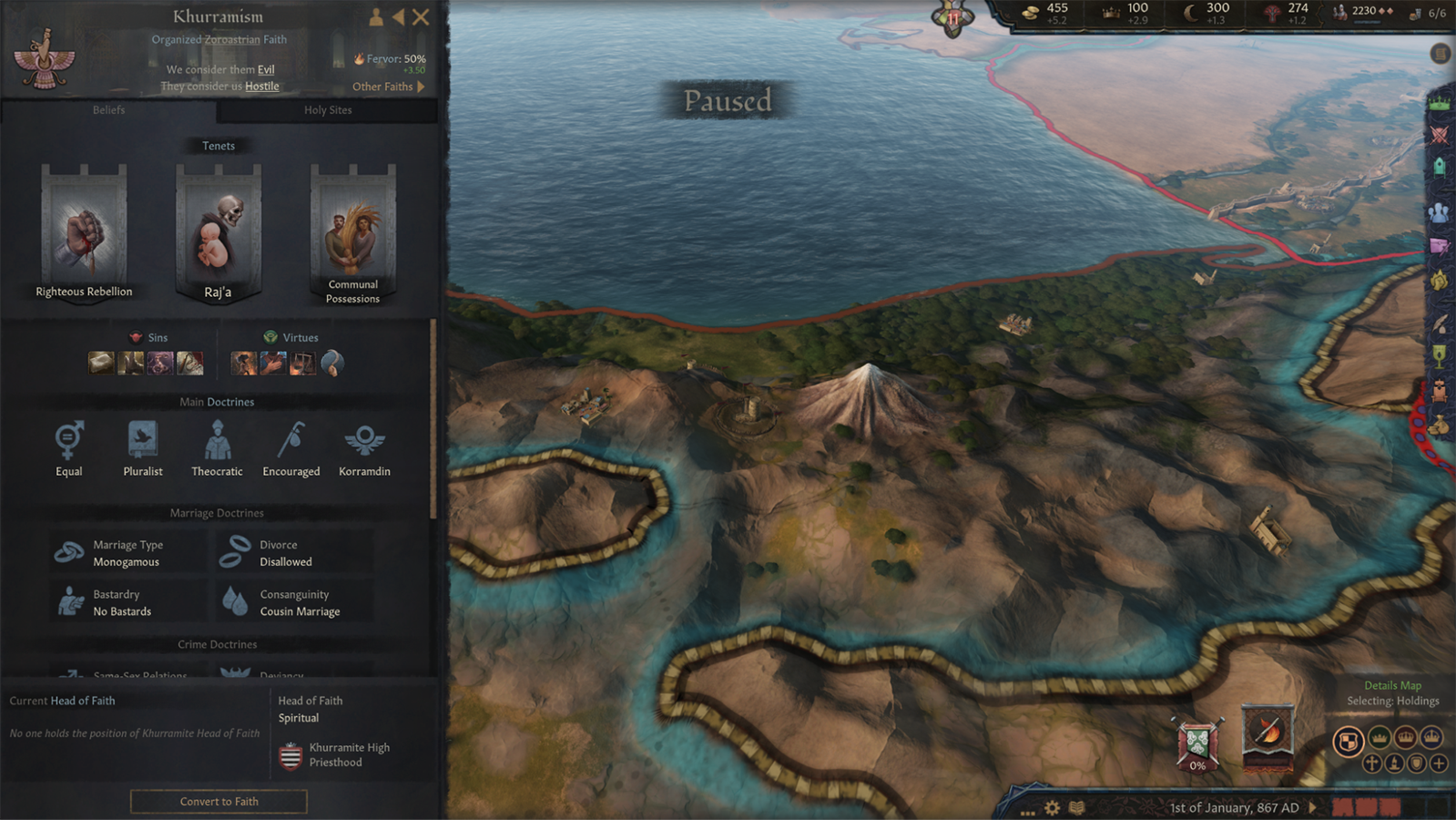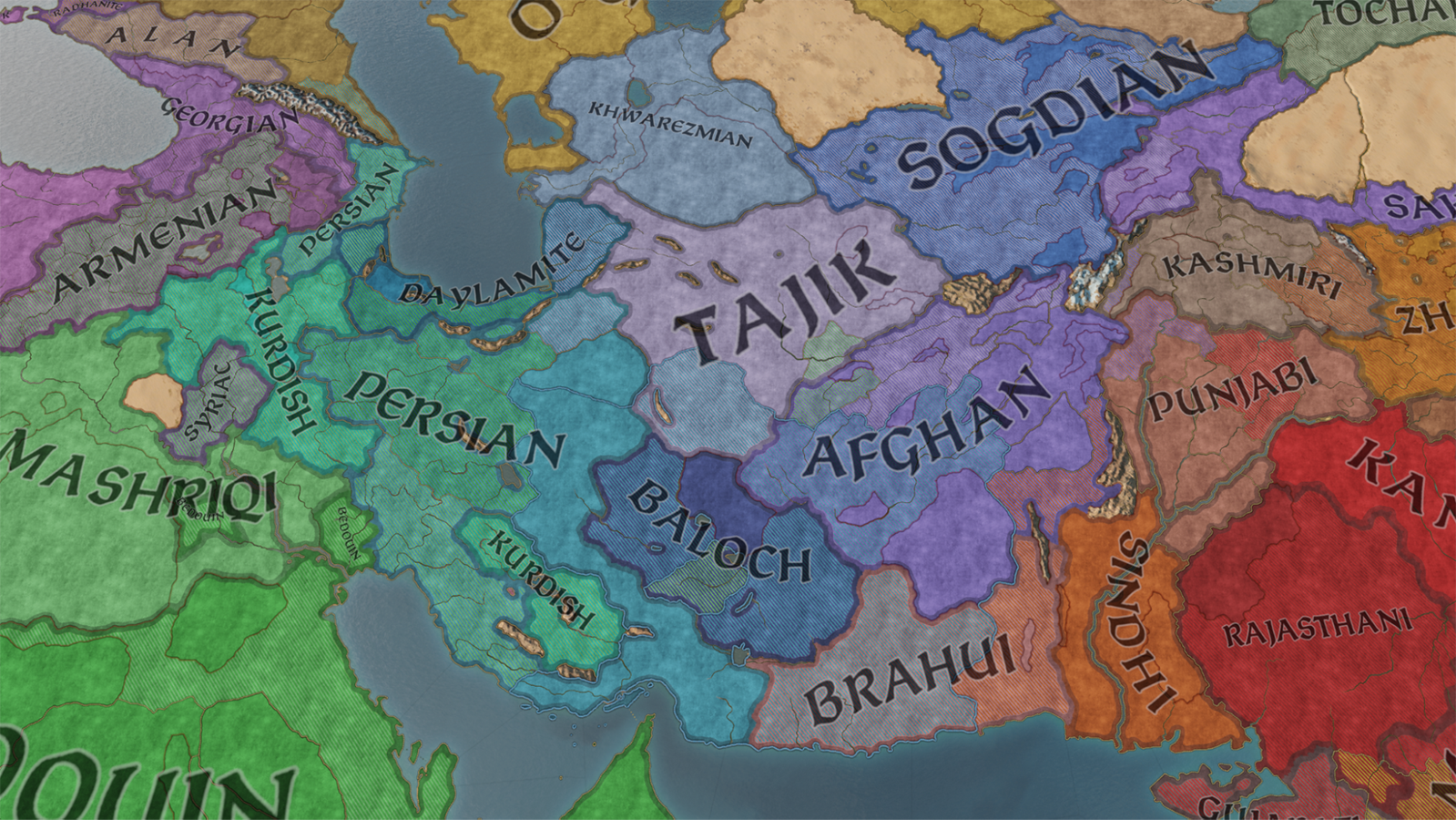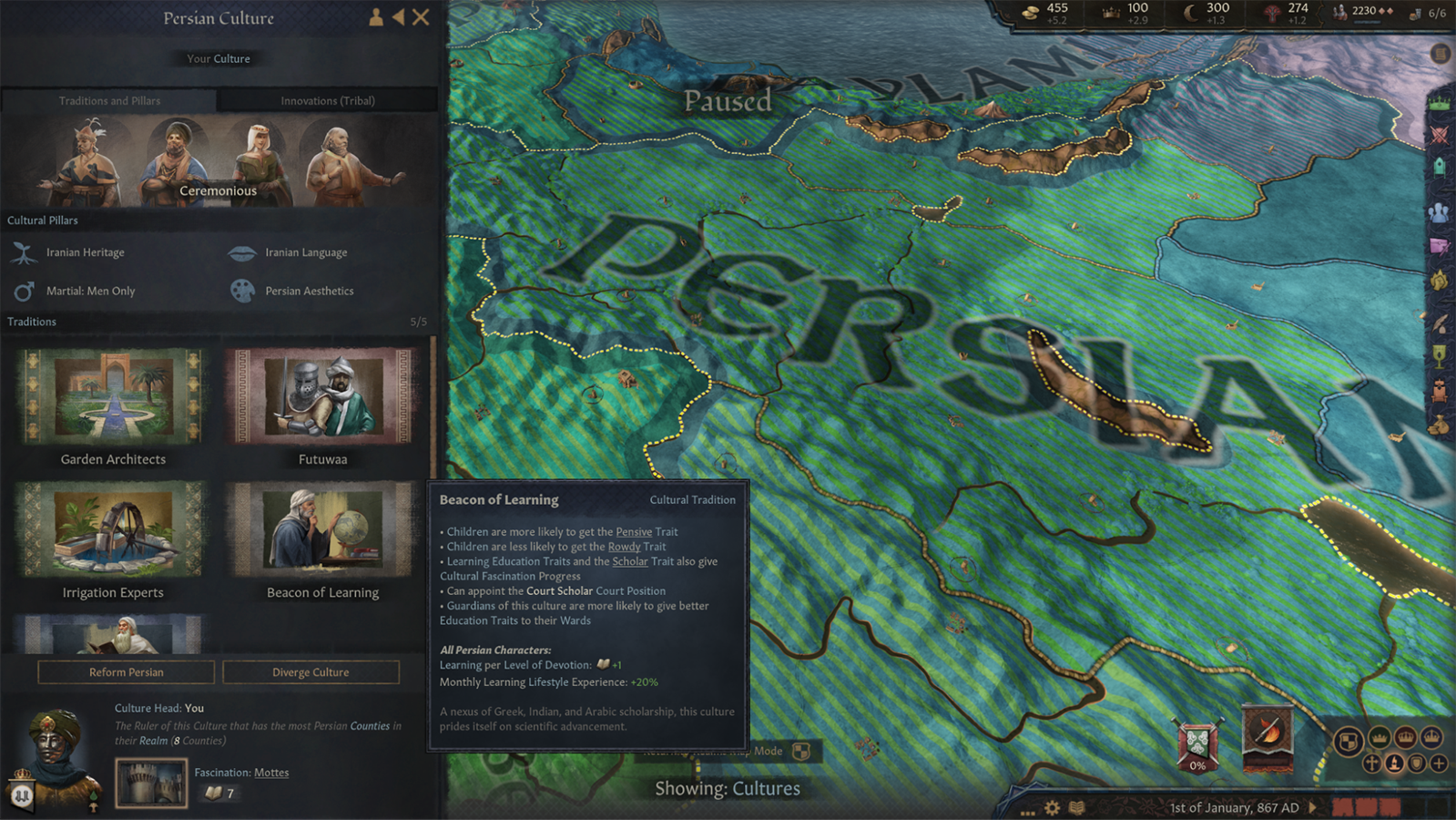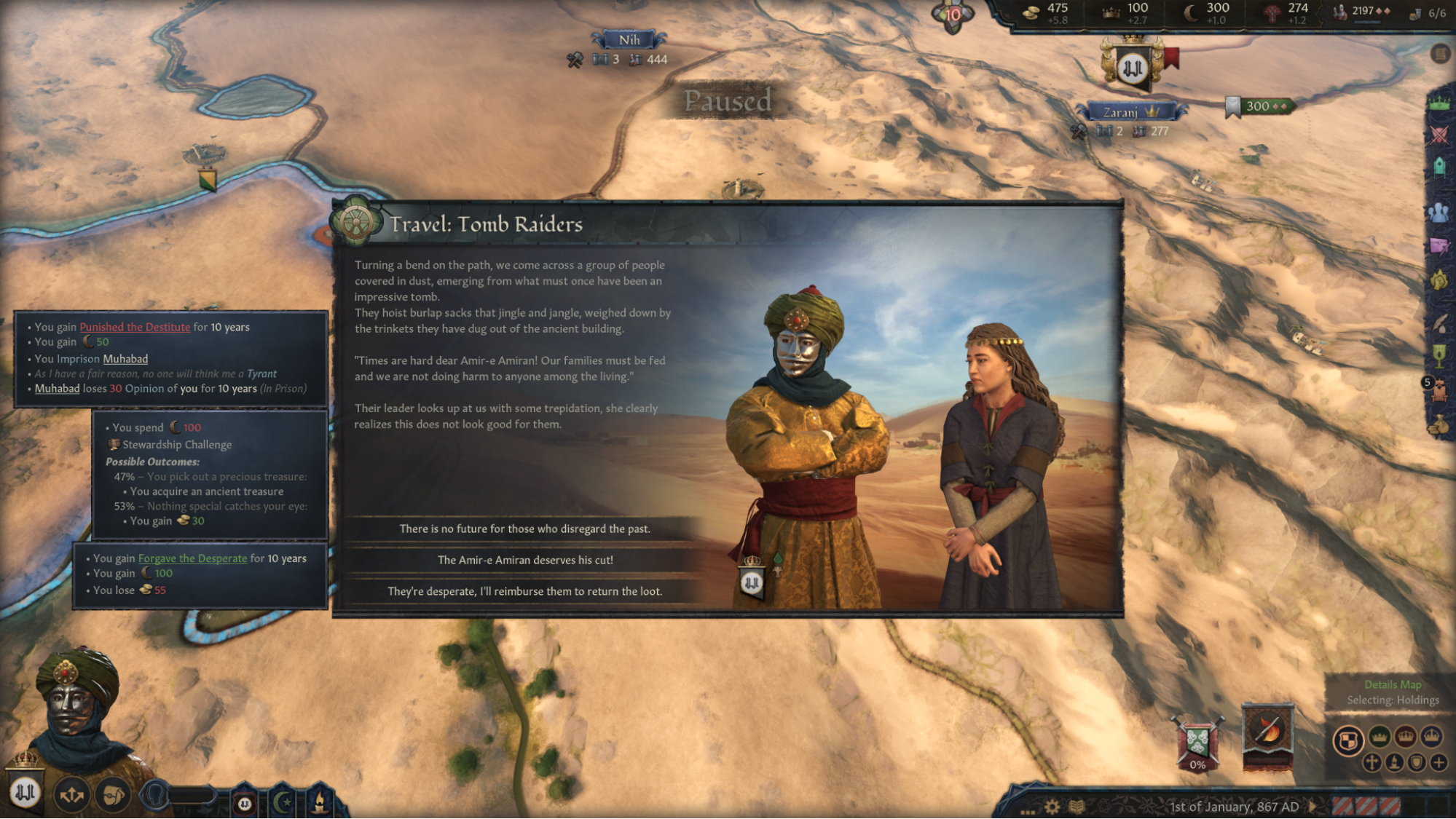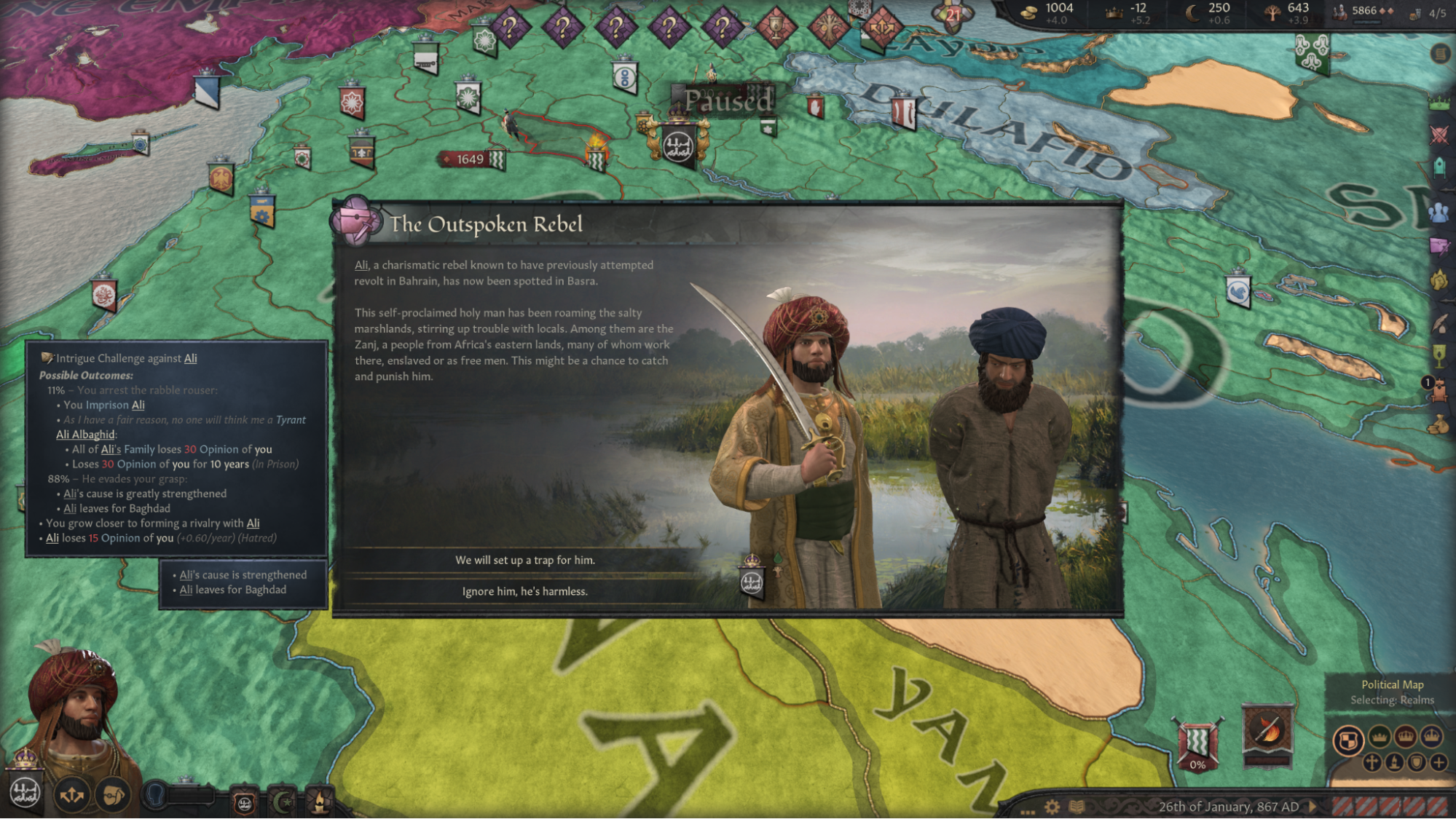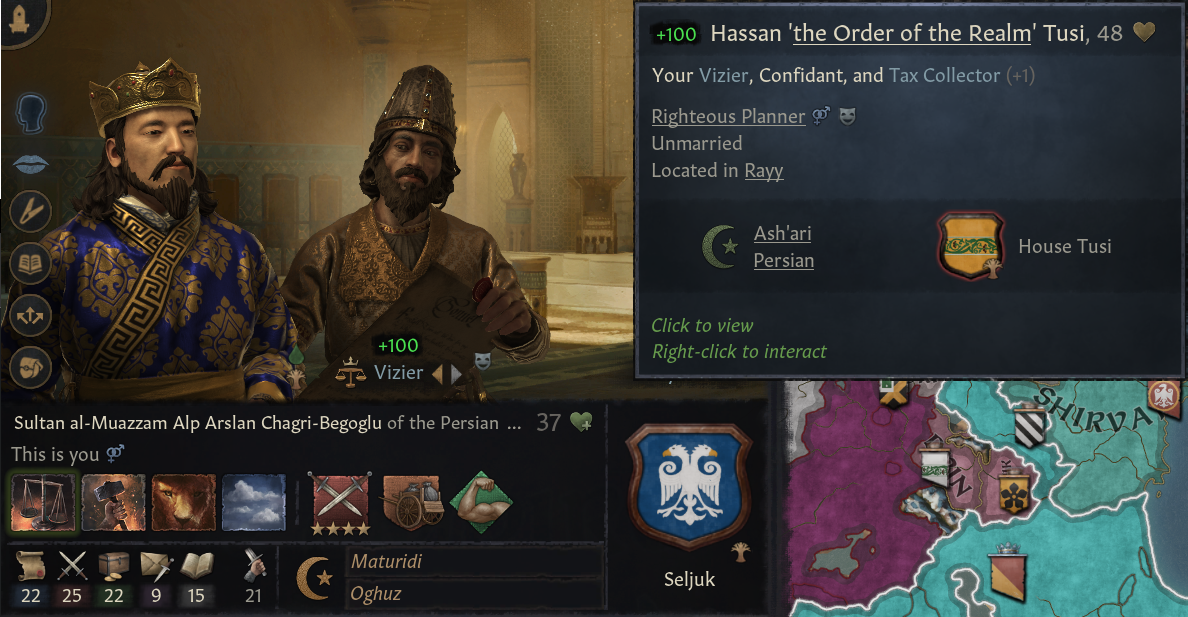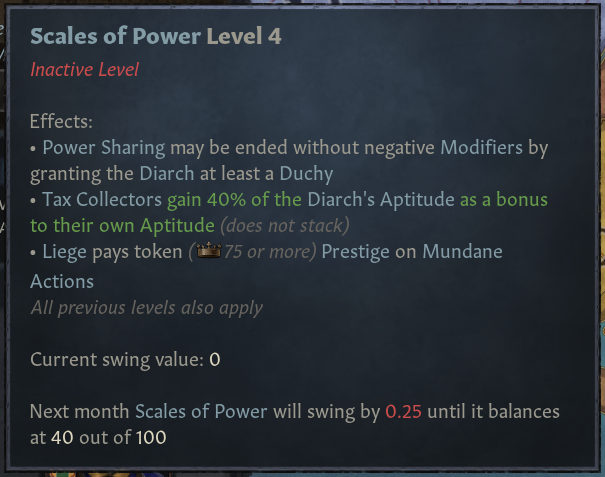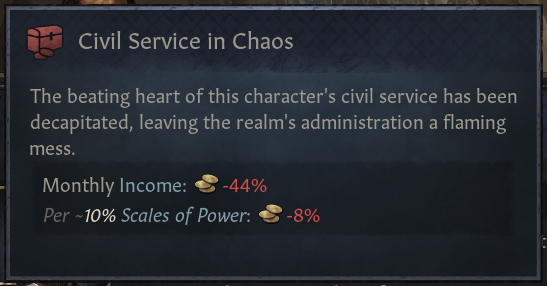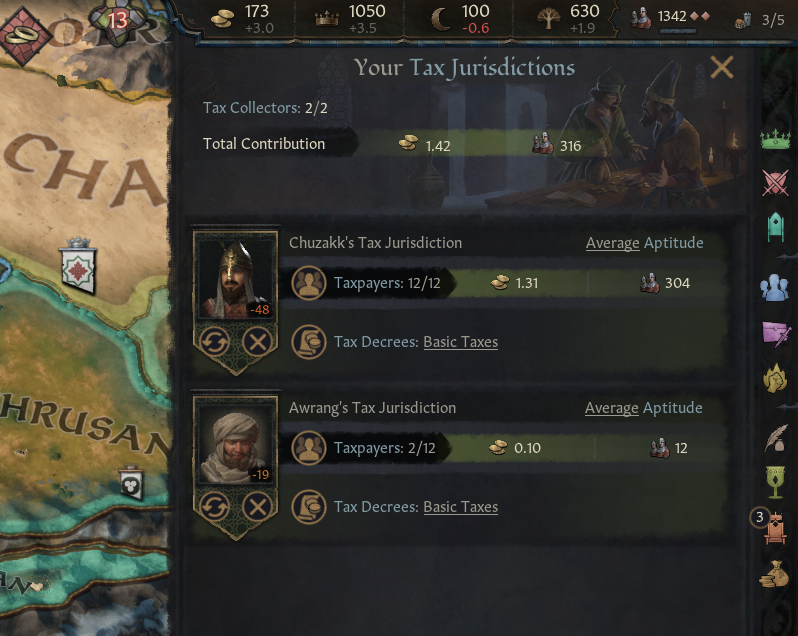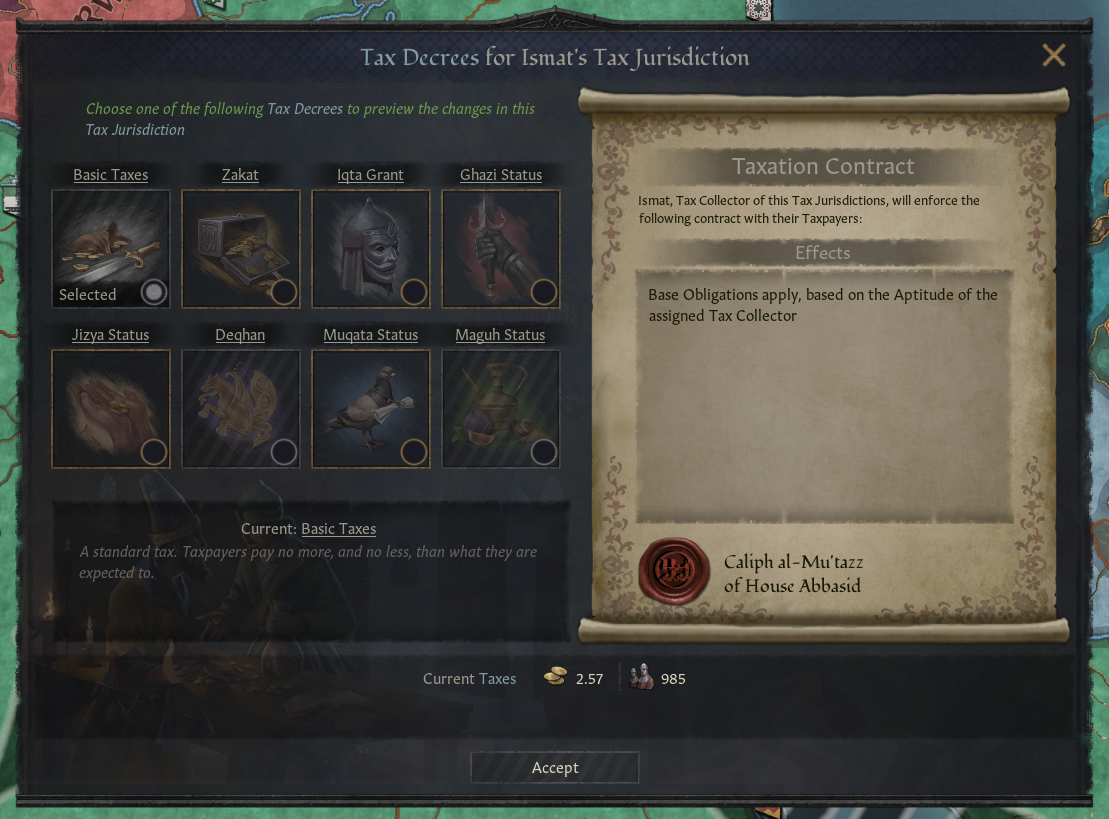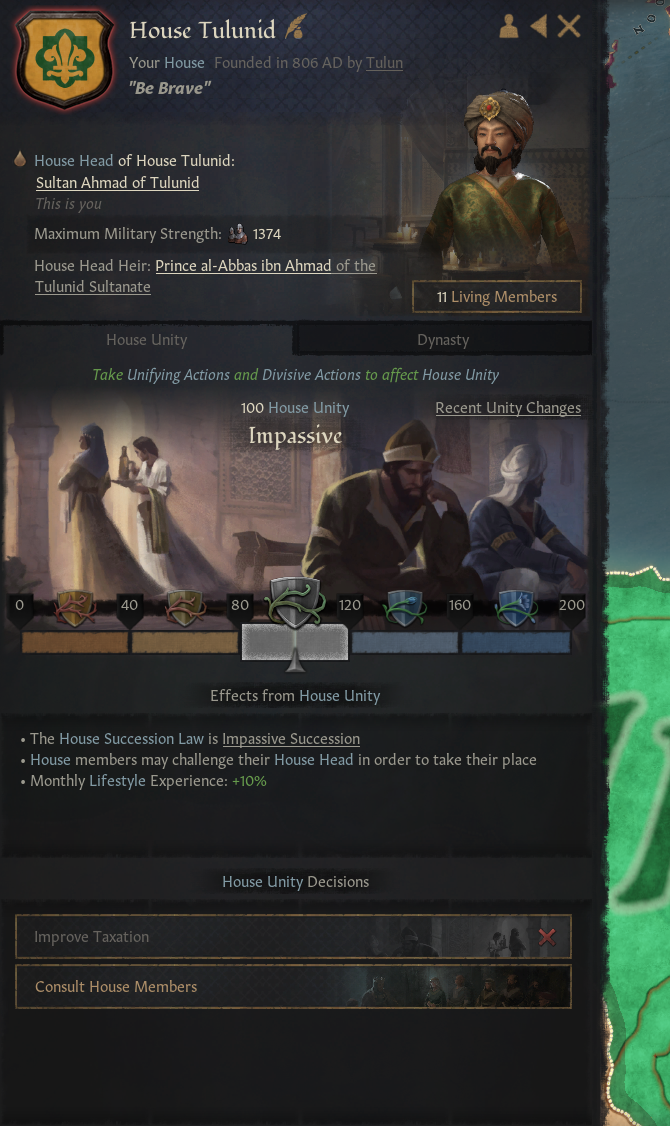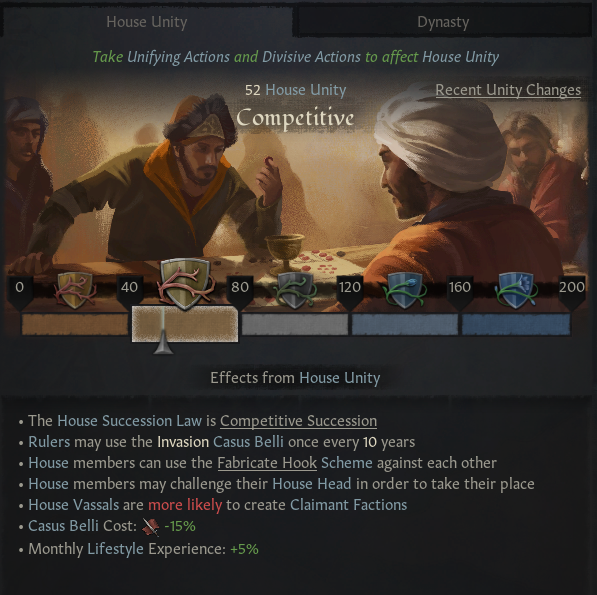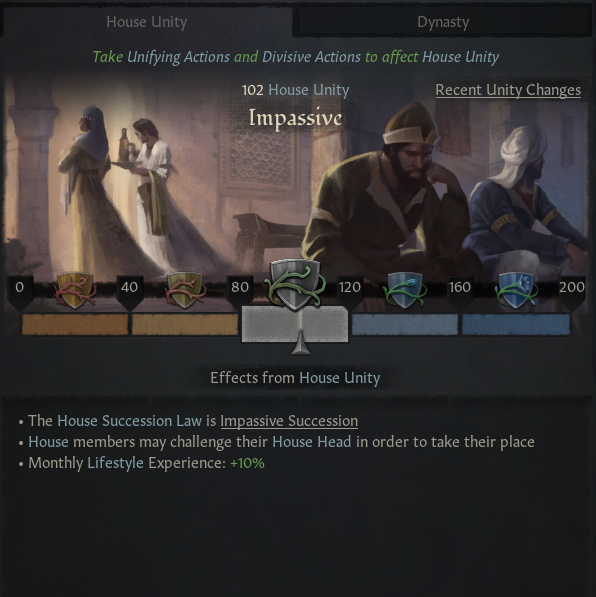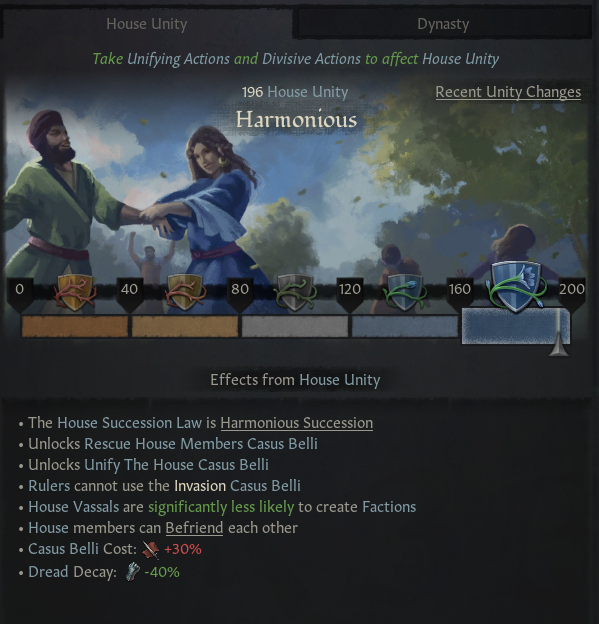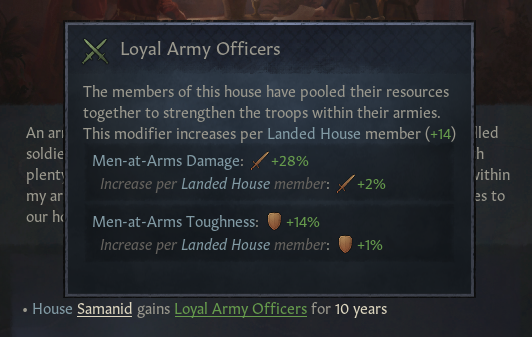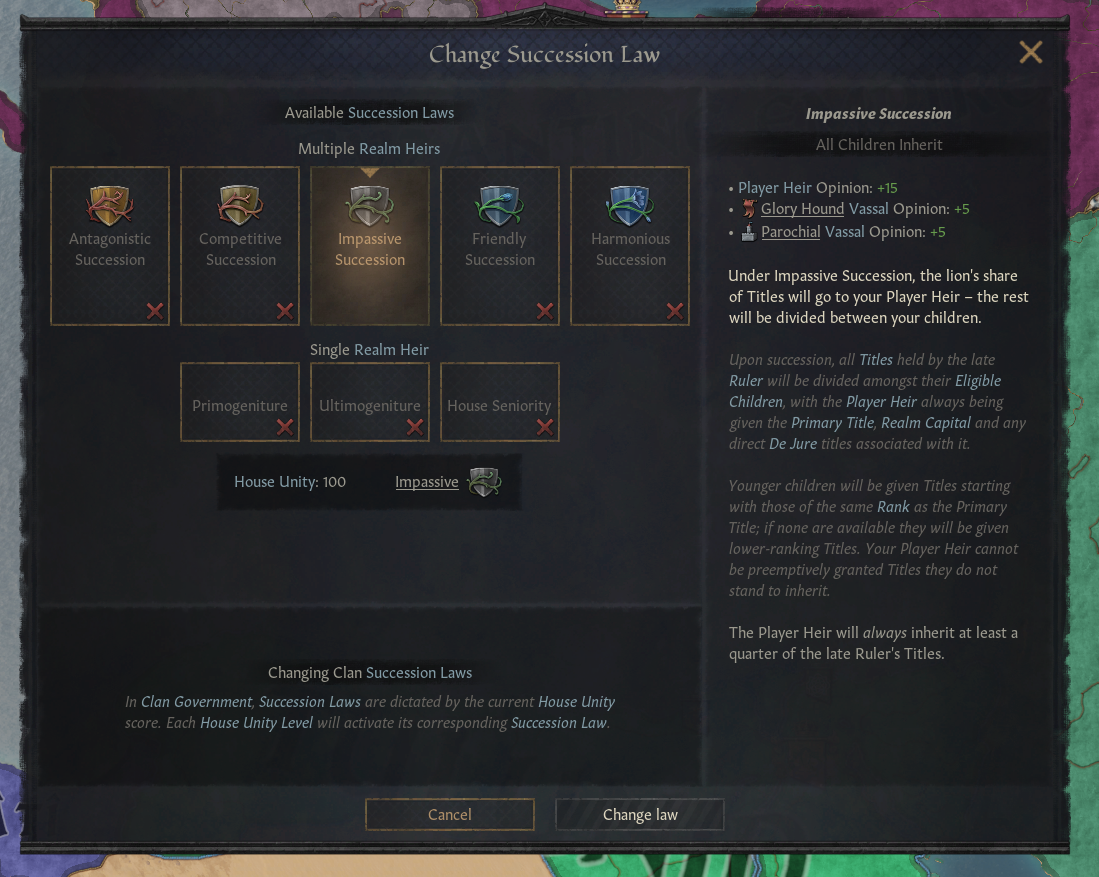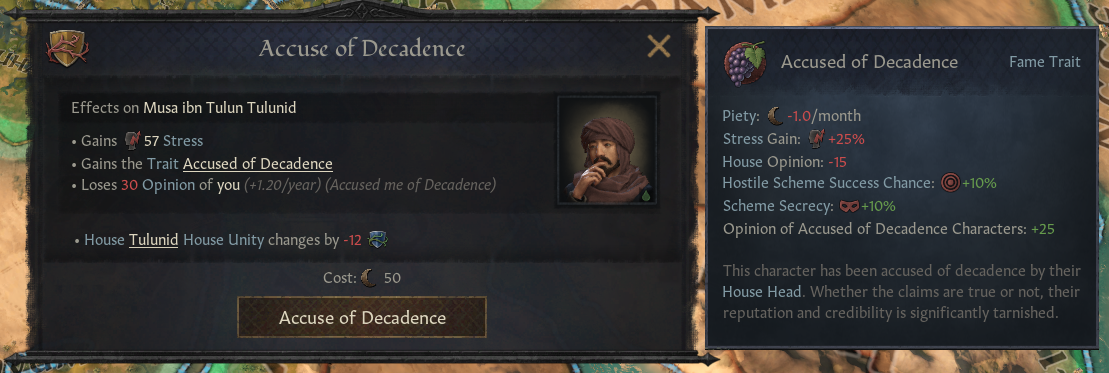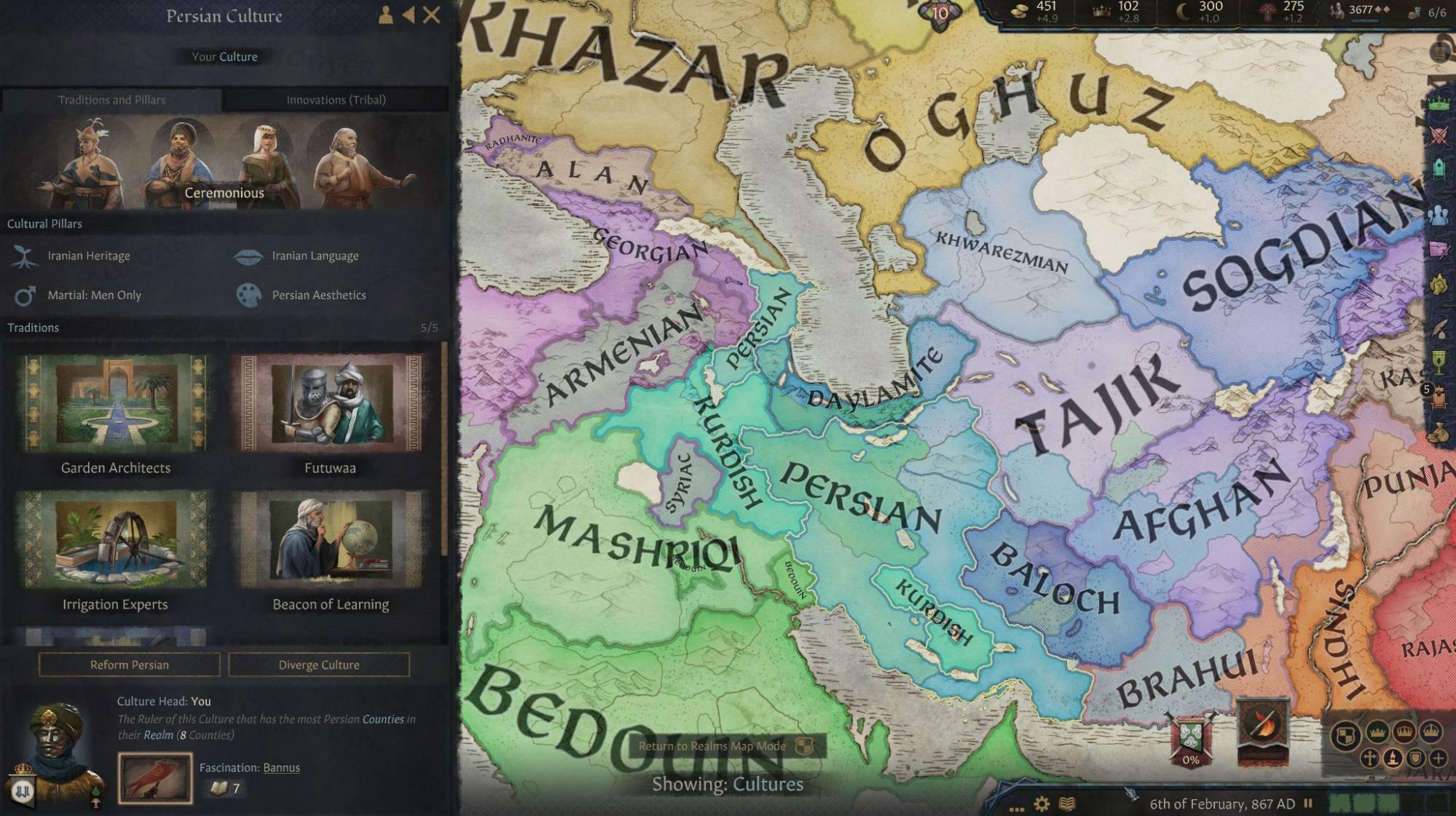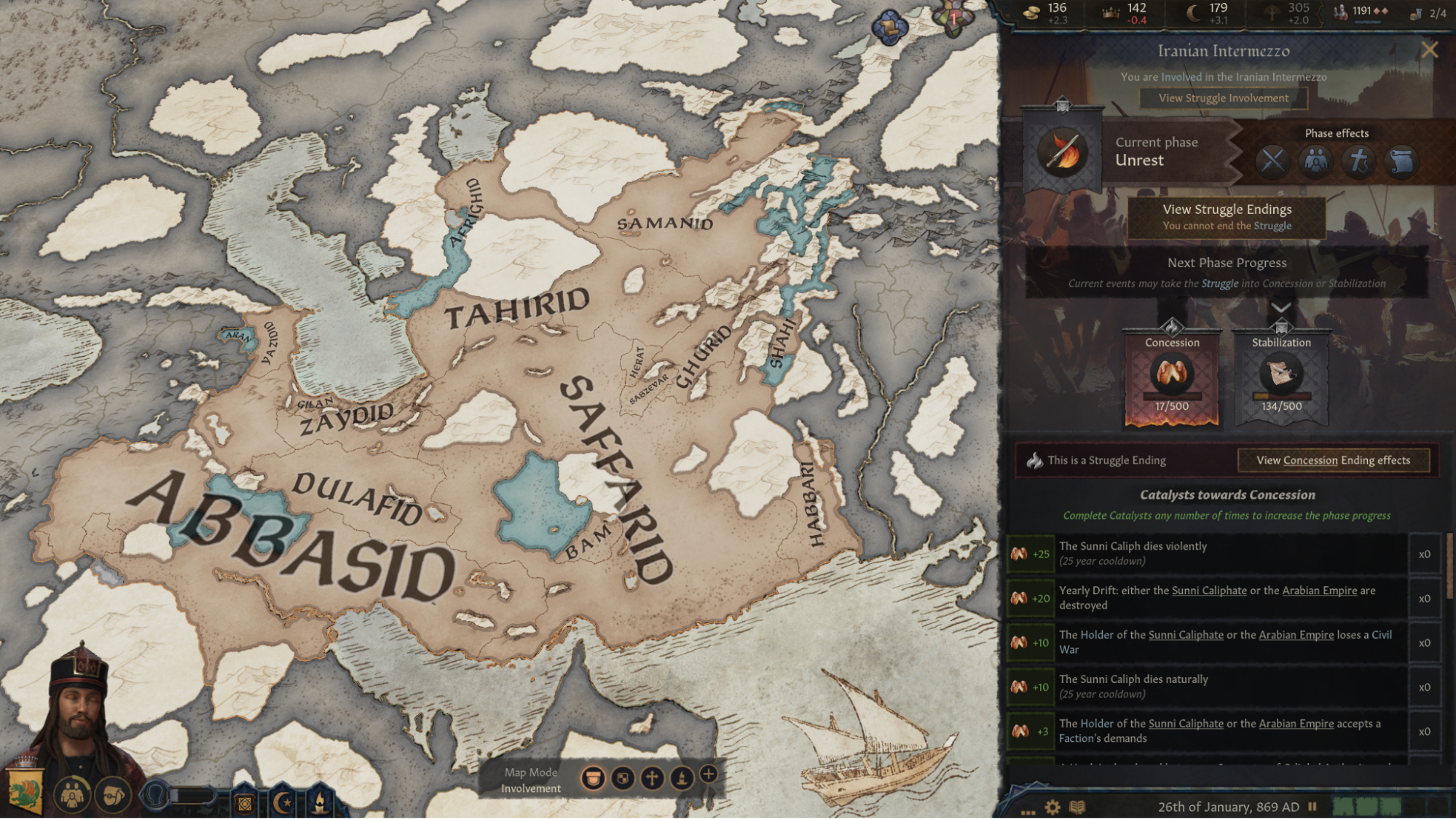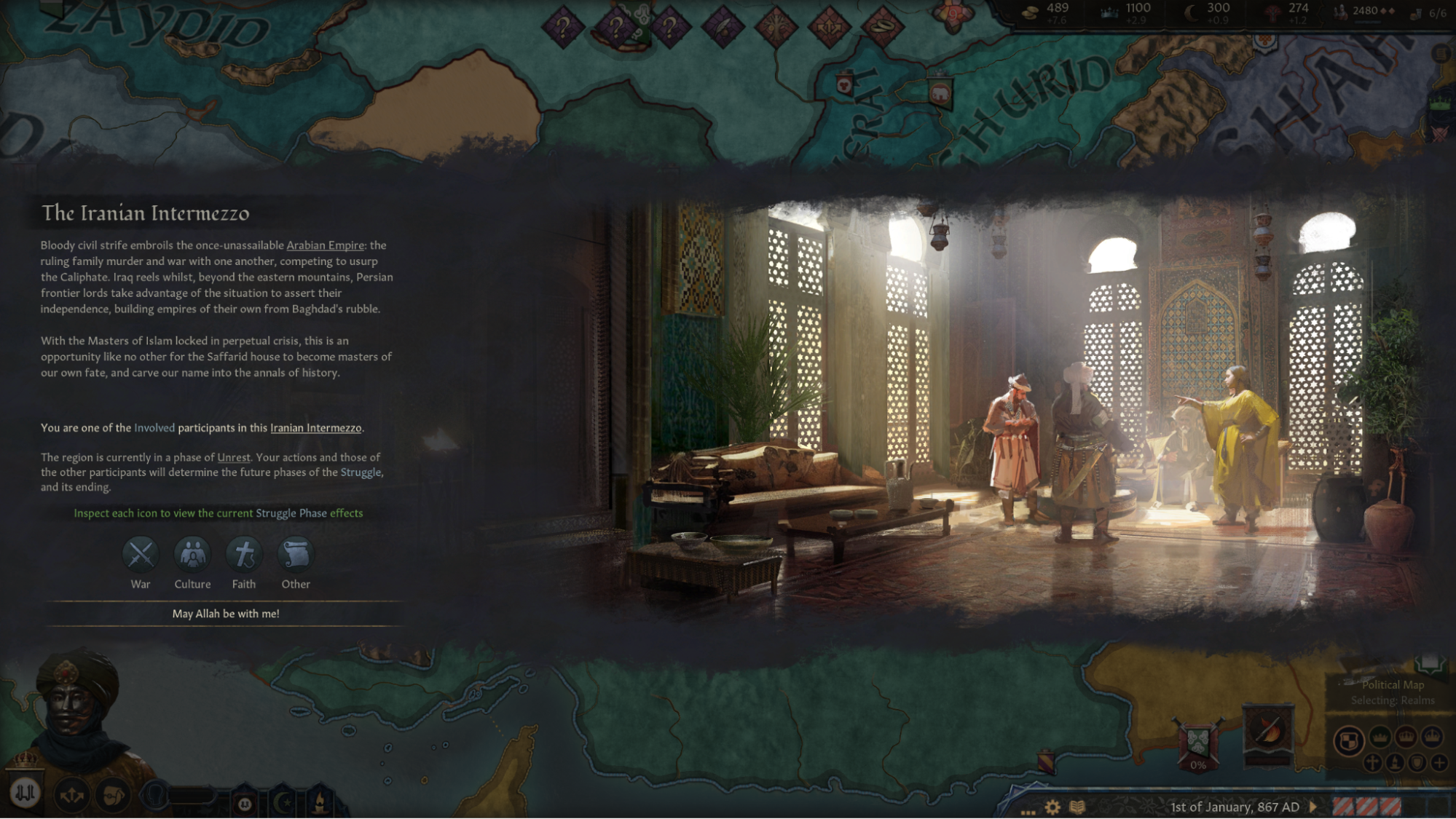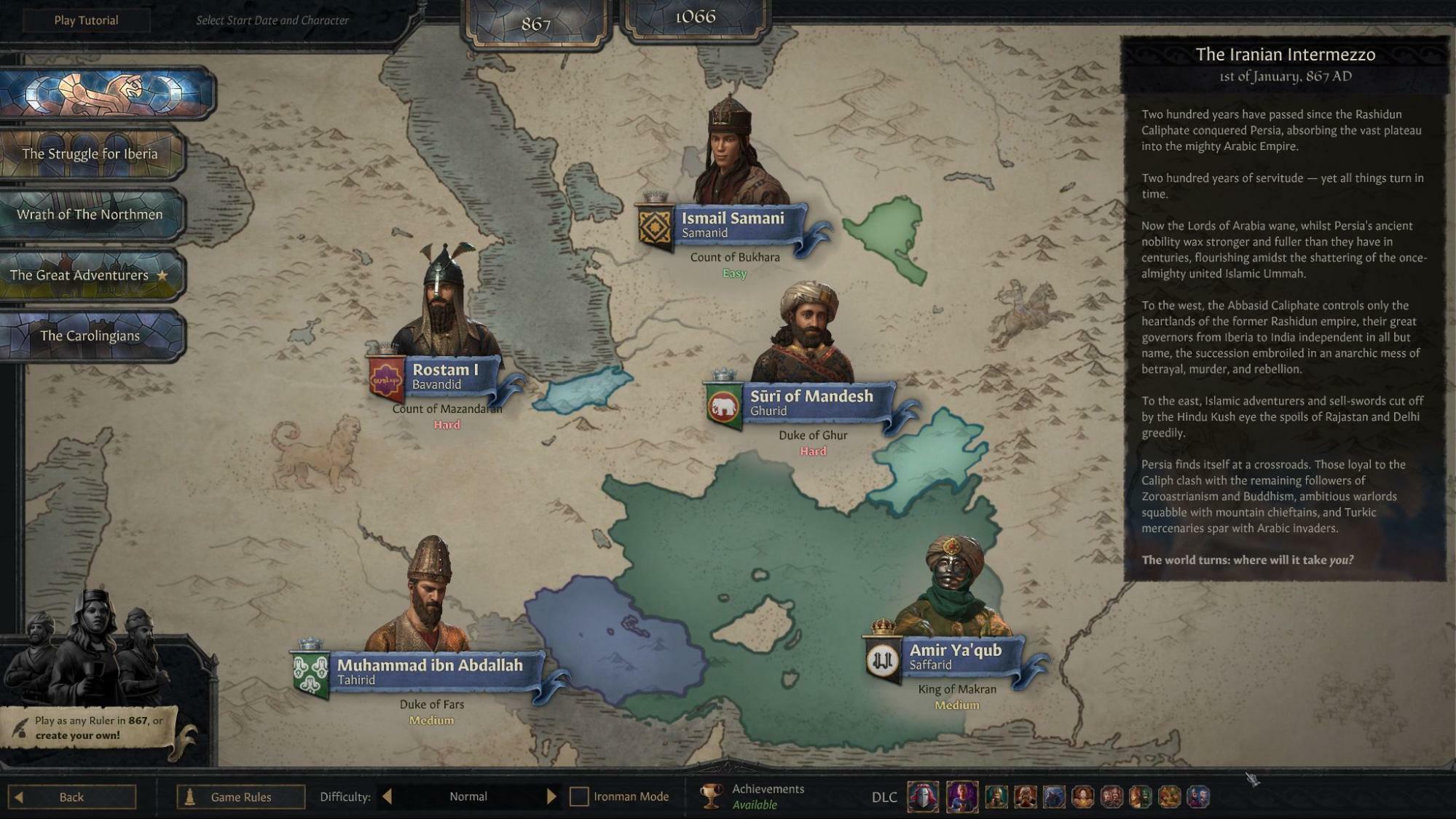
Nov 23, 2023
Crusader Kings III - PDX-Trinexx
Hello everyone! We’re releasing Update 1.11.1 today to address a variety of issues reported to us by the community since the release of Legacy of Persia, as well as a few outstanding issues. Please check the changelog below for specific fixes and adjustments.


While we don’t anticipate this update will cause compatibility issues with mods or existing save files, we do ask that you start a fresh campaign without mods enabled before reporting any issues to us.
A list of known issues as of Update 1.11.1 can be found here; if you encounter any issues not on this list, then please report them to us via the Bug Report board on our official forums.
Thank you for your continued support, and we hope that today’s update improves your experience in Crusader Kings III!

Update 1.11.1 Changelog
Balance
- Removing a guardian will now only reduce unity once every three months, rather than every time.
- Slightly increased the prestige reward for beating the Seljuk invasion.
- Holding Court will now always grant a small amount of Court Grandeur at a minimum.
- Fixed the Execute a Detractor/Supporter Iranian Intermezzo catalyst never firing.
- It is now only possible to share a Spouse with a family member in Polygamous faiths if all parties believe in Unrestricted Marriage.
AI
- Reduced the chance for Counts to declare war to levels similar to those before the Legacy of Persia update, both for immersion reasons (this gives Dukes+ more opportunities) and performance reasons (fewer wars)
Interface
- Removes expiration information from timed character modifiers that do not have a set expiration.
- Blocked the player from being able to deselect radio buttons in the interaction window.
- Fixed invalid tooltip for Take the Vows option in the Negotiate Release character interaction.
- Fixed you referring to yourself as your liege when changing stance during the Iranian Intermezzo.
- Ethos is now correctly listed in the Cultural Pillar encyclopedia entry.
- Character tooltips in Activity Window and Event Window have been adjusted to not block characters in certain resolutions.
- Fixed trigger tooltips for options in Embellish Capital Decision.
- The history of artifacts stolen during a siege is now correct.
- Fixed AI acceptance tooltip to Request Incursion.
Art
- Iranian rulers will now use Iranian clothes much more often.
- Fixed Castles not showing a 2D icon when upgrading them.
- Fixed incorrect lighting setup in one of the Zoroastrian temple event backgrounds.
- Fixed an issue where Iberian Goatees were missing from the barbershop.
- Fixed a graphical issue in the inventory with historical artifacts when their culture isn't set.
Localization
- Fixed a typo in the Find a new Faith for Persia decision.
- Fixed untranslated weapon type name in Exotic Arms event.
- Shortened overly long event text in Travel: A Feast for Falcons.
- Forming the Persian Empire should no longer mess up the names of the titles of all characters in Iran.
- Adds missing localization for modifier affecting faction join chance regarding Detractor trait.
Game Content
- Vassals now receive a message if their liege or above starts or succeeds in converting a county in their sub-realm.
- Fixed a range of issues with the Seljuk Invasion, which should now behave more as expected.
- Fixed an issue where landed vassals could sometimes become Viziers, which in turn resulted in a number of other issues.
- You can now revoke all titles of a vassal that hold a Head of Faith-title, causing the Head of Faith-title to be destroyed.
- Fixed an edge case where viziers would, under certain circumstances, reduce your tax gain from vassals rather than increase it.
- Reverted logic for auto filling the Court Chaplain position to the one before the Legacy of Persia update, fixing a number of unintended issues related to the Court Chaplain position being empty for now.
- Fixed broken text in the House Feud rivalry reciprocation event.
- Fixed issues with sexuality, tooltips, and pregnancy in the Adventurer Inspiration event Lady/Lord X's Lover.
- You won't be able to accuse servants of being the real father of someone else's heir when they are younger than the heir in question.
- Made it harder to steal parents from their children's court, and impossible to steal unlanded guardians, court position holders, and councilors.
- Fixed a bug in the Request Contract Assistance interaction so that it's finally usable.
- Fixed all newly created faiths having the Full Tolerance doctrine set.
- Prevented you from becoming your own tax collector after succession.
- Fixed Dismantle Byzantine/Holy Roman Pretenders decision being available more than once per lifetime, which broke the war declaration.
- Fixed war victory against same or higher tier ruler Iranian Intermezzo catalysts not firing.
- Fixed wiping the Seljuk's invasion not allowing you to end the war, added war target title to its name, and disabled hostage peace options.
- Religious heads are no longer given the option to embrace Jesus in the Wanton Desires stress event.
- Fixed Canterbury Cathedral not being a Point of Interest when upgraded to level 2 and 3.
- Fixed characters sometimes not being correctly added to entourage and court in travel events.
- Fixed issue where accepting demands when negotiating to Challenge House Head would not make you the House Head.
- Fixed inconsistencies in Iqta description.
- Fixed an error when a dog seller leaves your court.
- Removed stray modifiers if a Grand Wedding invalidates.
Databases
- Marzoban Zahhak of Upper Ghur is now the uncle of Ghurshah Sūri of Ghur in the 867 bookmark.
- Shazhou's culture is now Han rather than Sogdian in 867.
- East Bantu Culture now properly has starting innovations.
General Bug Fixes
- Fixed imperformant Casus Belli for the Azariqa rebellion.
- Clarified that the Support/Detractor is killed Iranian Intermezzo catalyst only applies to rulers.
- Critical failure in the Age of Knowing event will now correctly expose your secret faith to the world.
- Fixed rare as hen's teeth crash where a ruler-at-war's yearly update coincided with their monthly. update with immaculate timing, where it would try to update knights on two separate threads at the same time.
- Fixed rare out of sync where an invalid law could make it into a landed character's list of laws.
- Fixed rare out of sync where an invalid law could make it into a title's list of laws.
- Made sure that auto assigning taxpayers option is persisted properly.
- Added missing names in credits.

While we don’t anticipate this update will cause compatibility issues with mods or existing save files, we do ask that you start a fresh campaign without mods enabled before reporting any issues to us.
A list of known issues as of Update 1.11.1 can be found here; if you encounter any issues not on this list, then please report them to us via the Bug Report board on our official forums.
Thank you for your continued support, and we hope that today’s update improves your experience in Crusader Kings III!
Join the conversation and connect with other Paradox fans on our social media channels!
Official Forums Official Discord Steam Discussions
Twitter Facebook Instagram Youtube




